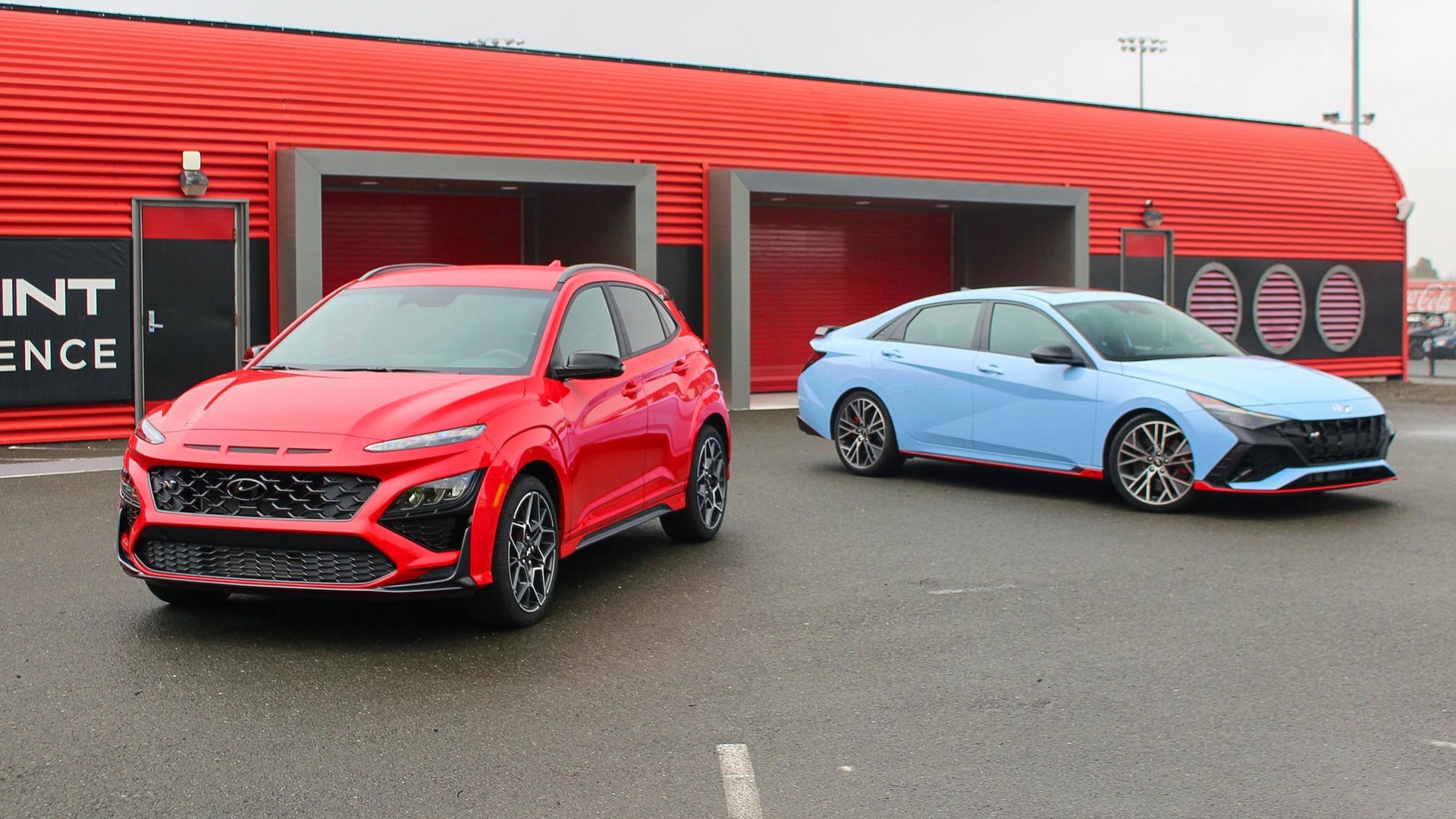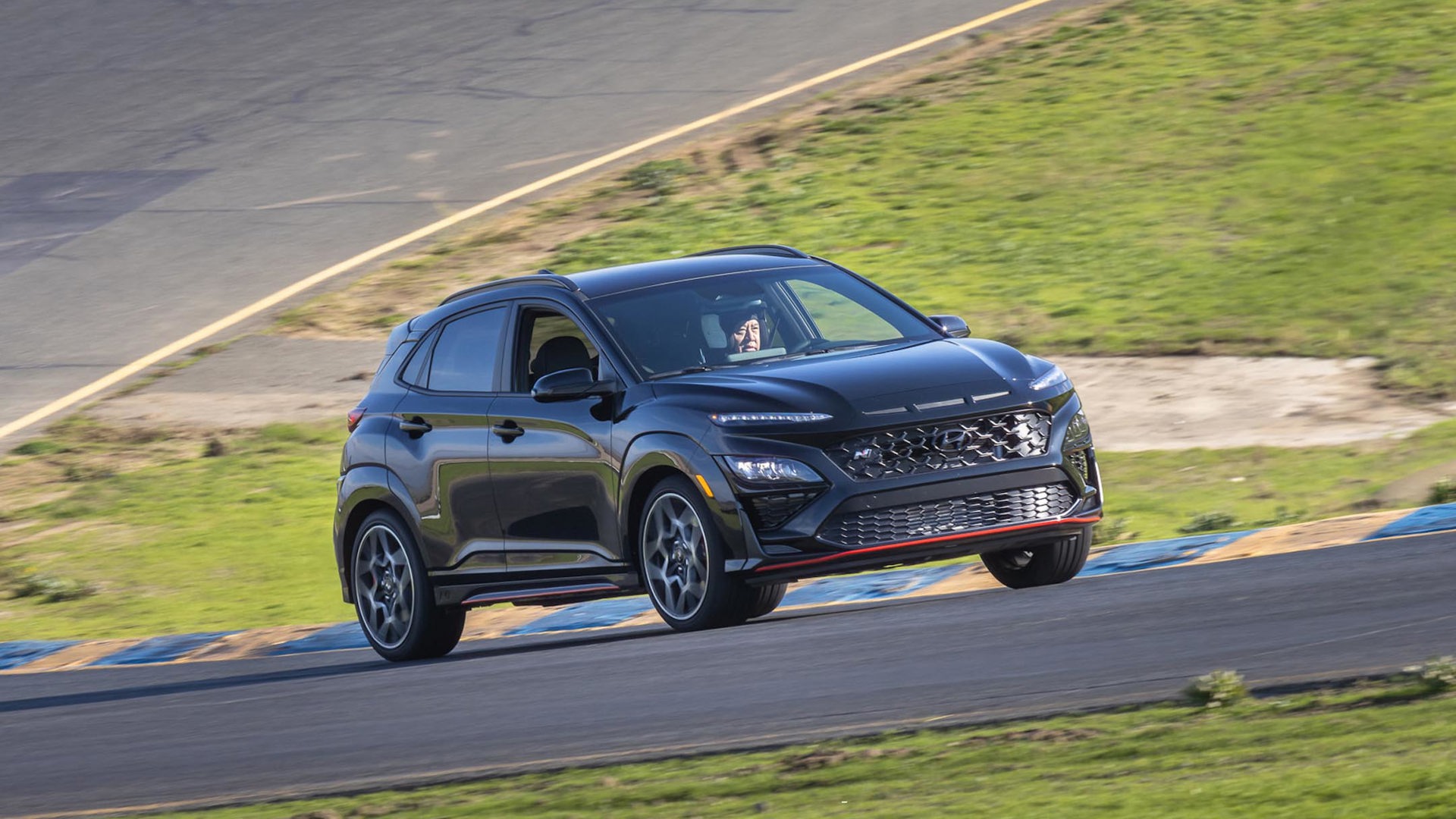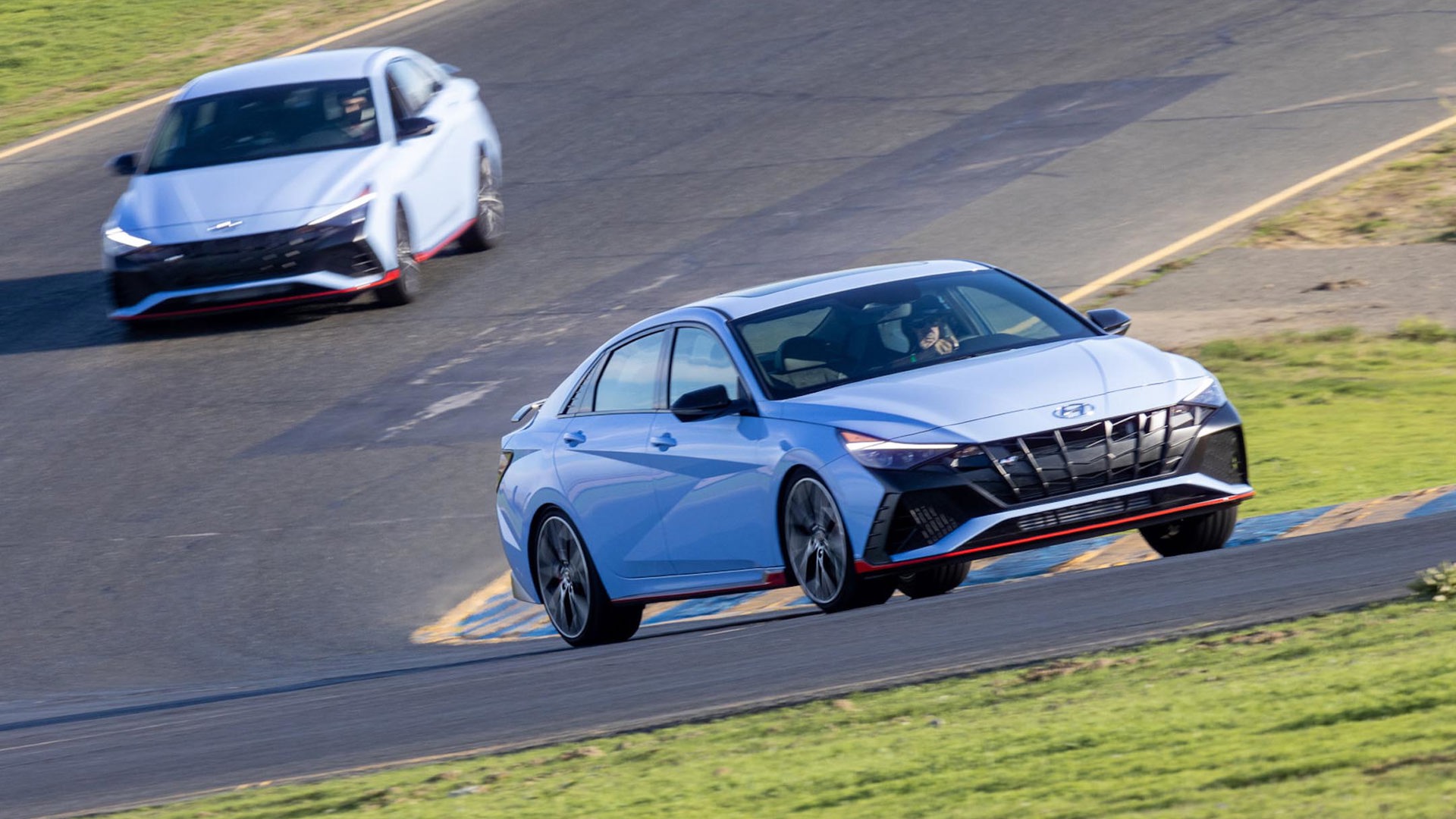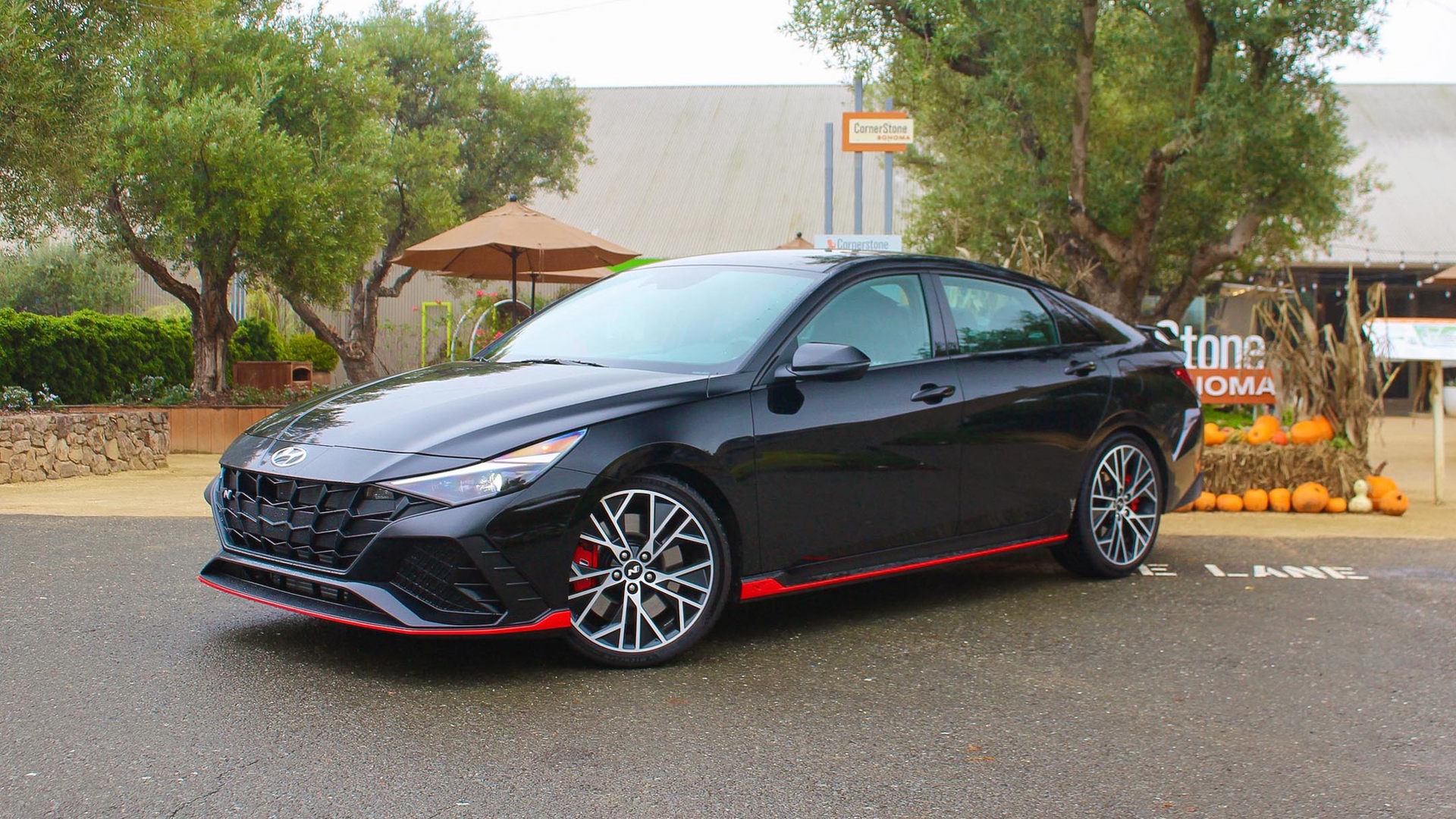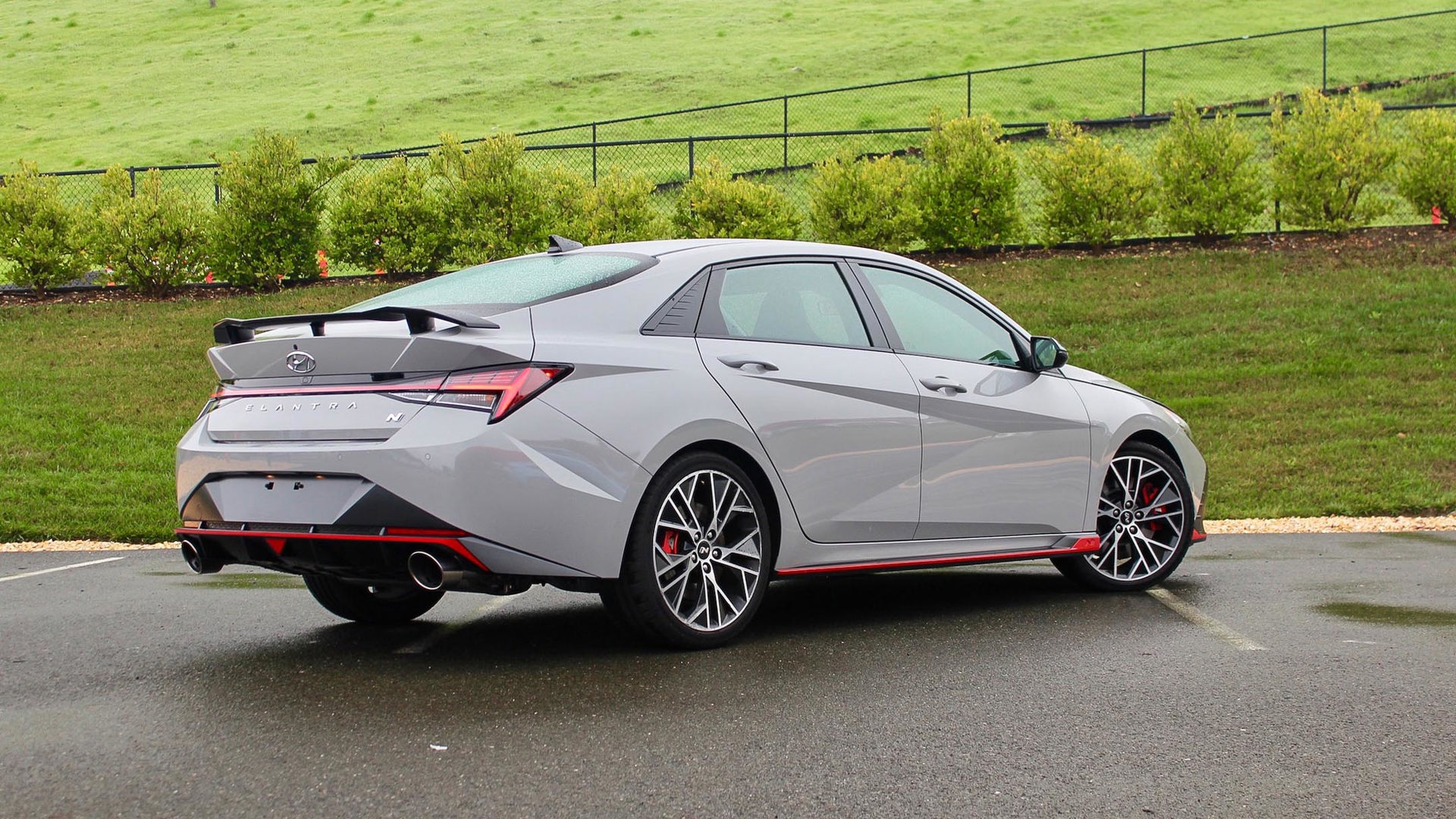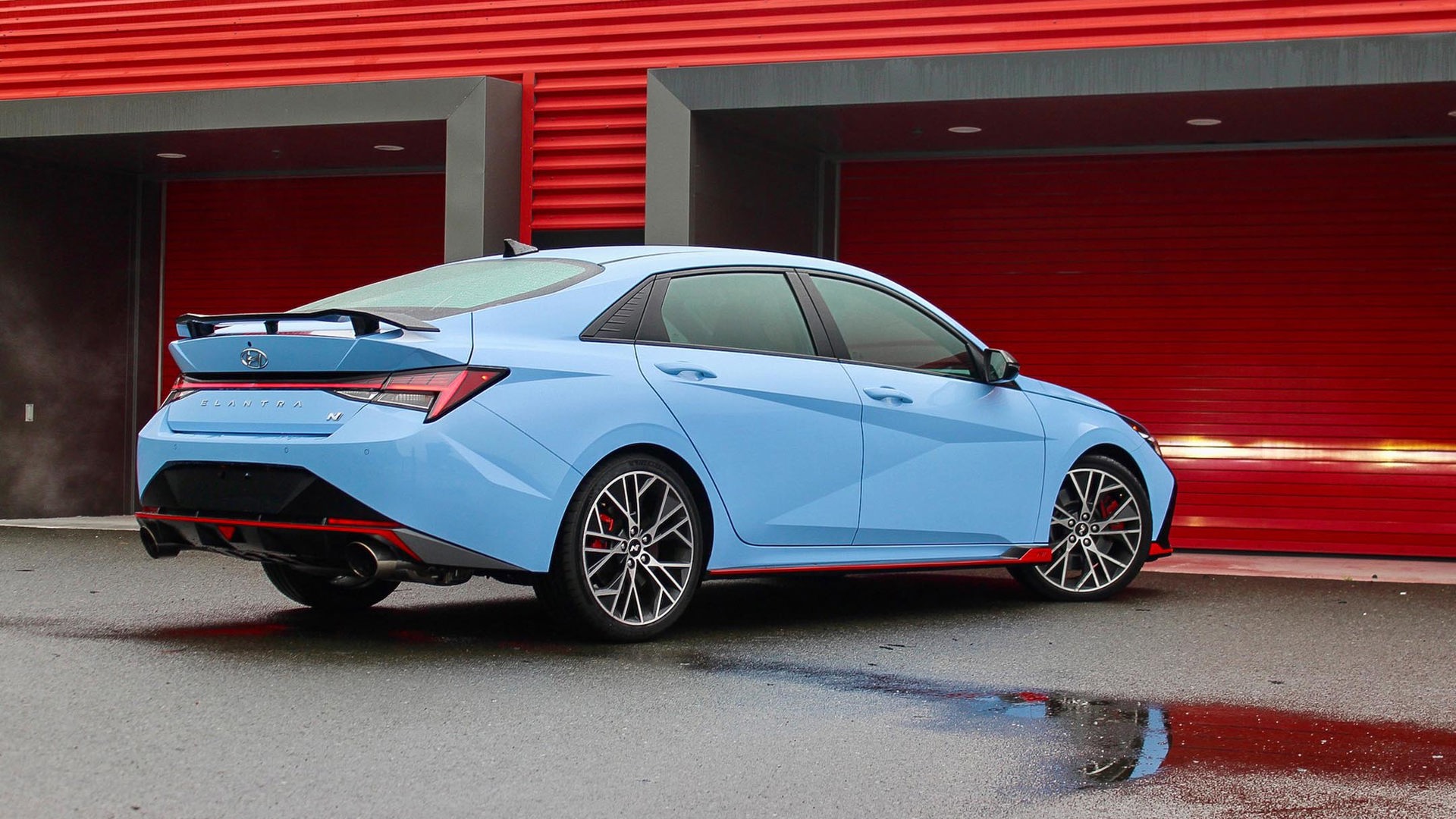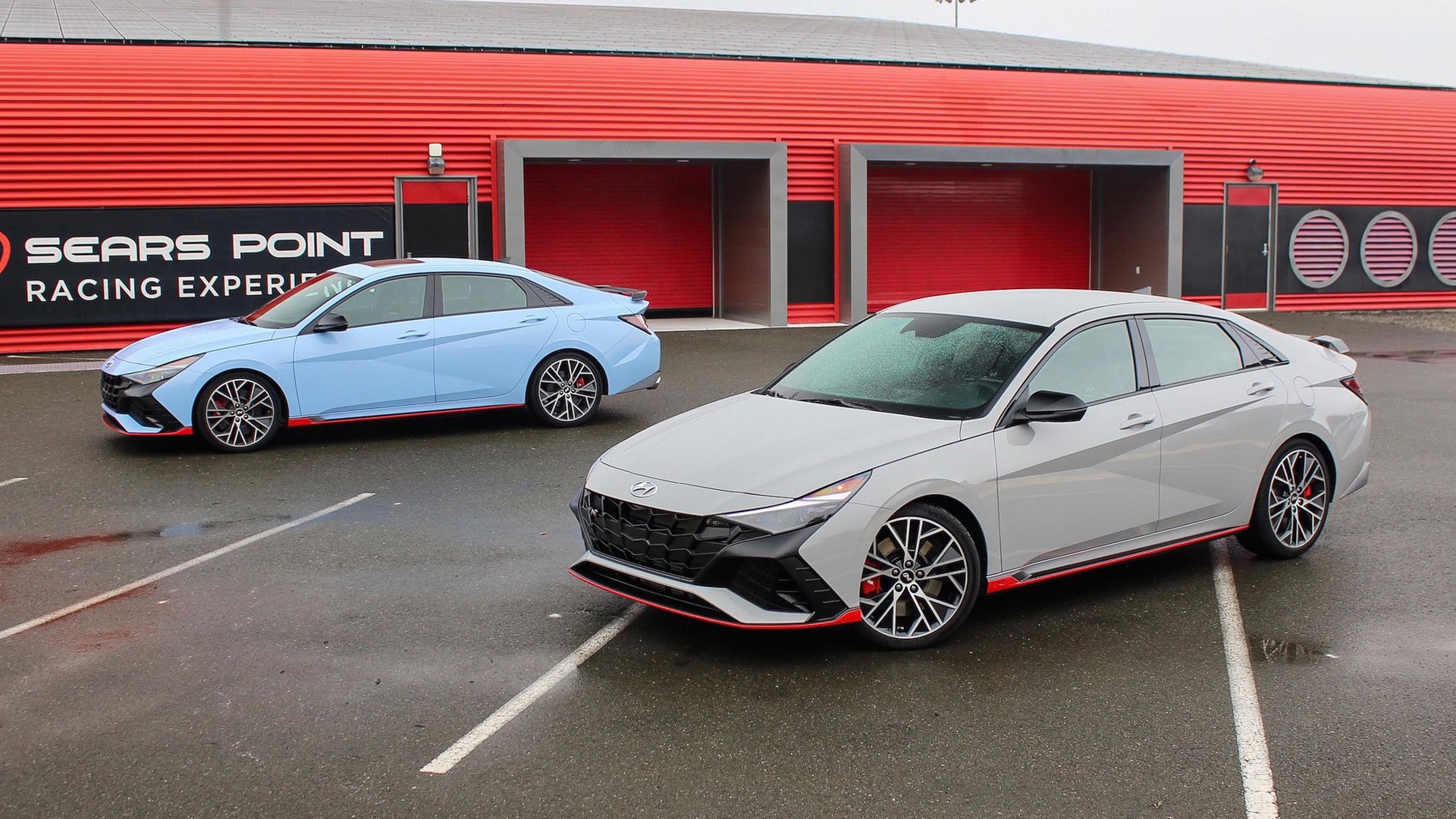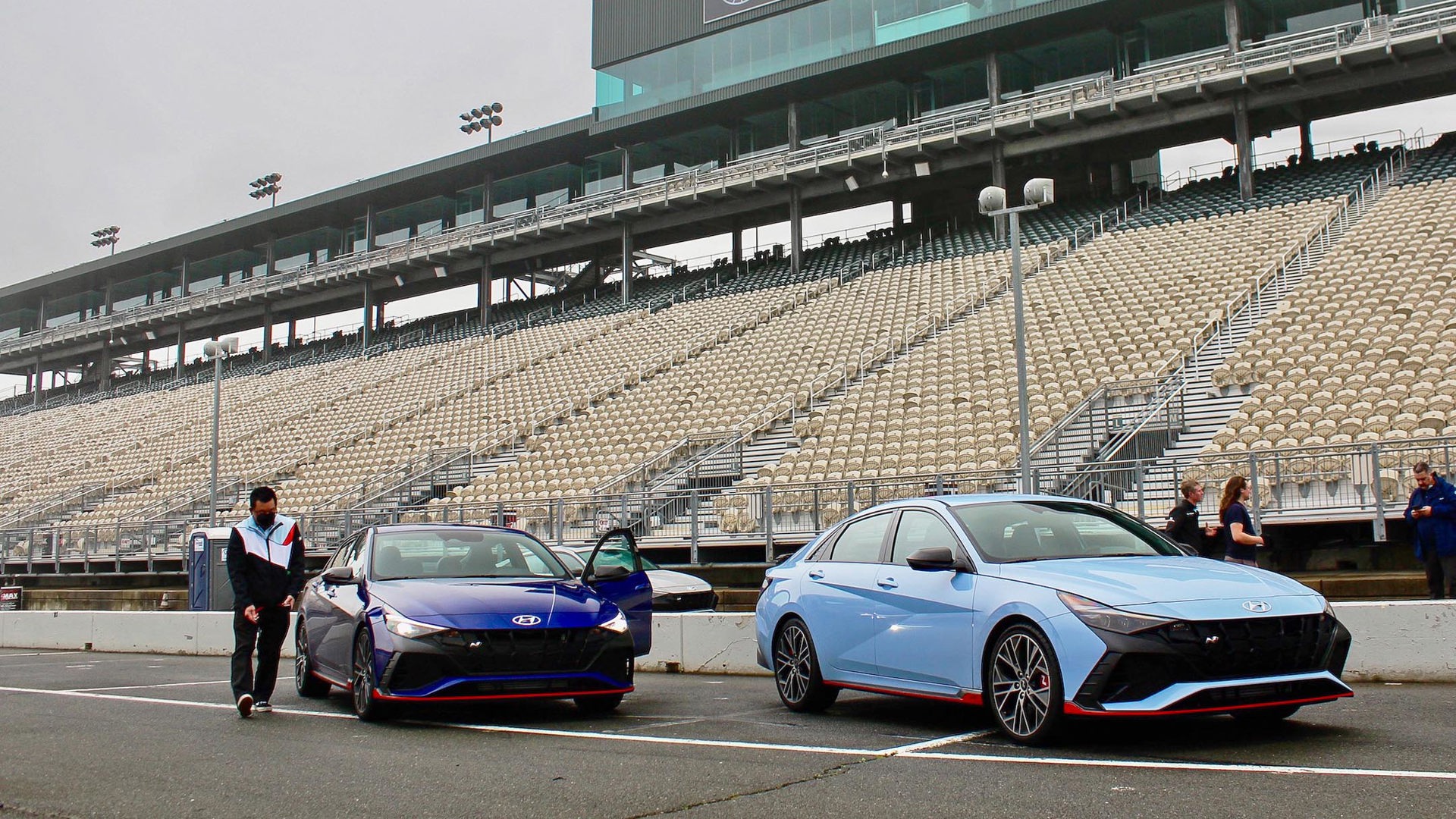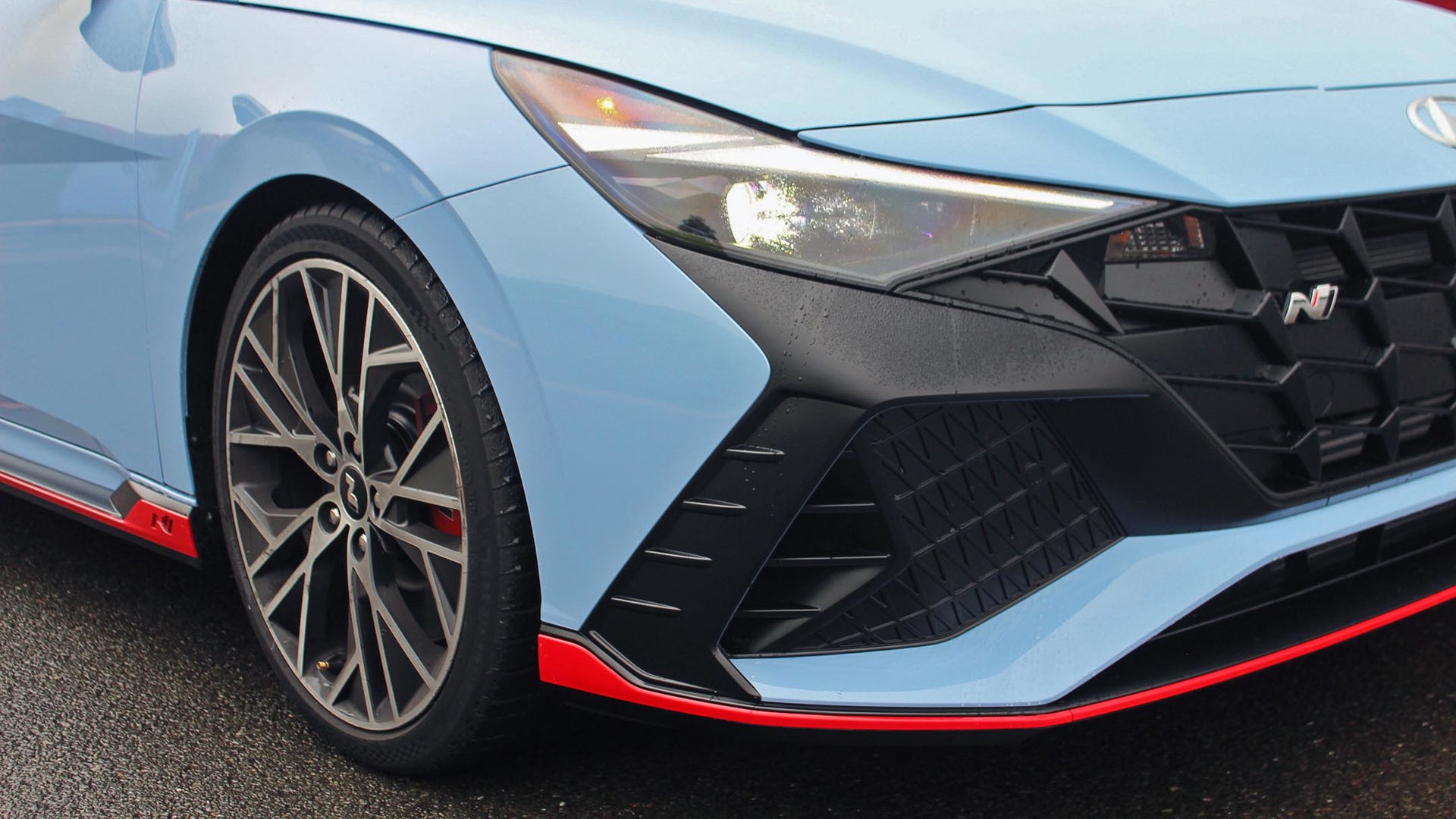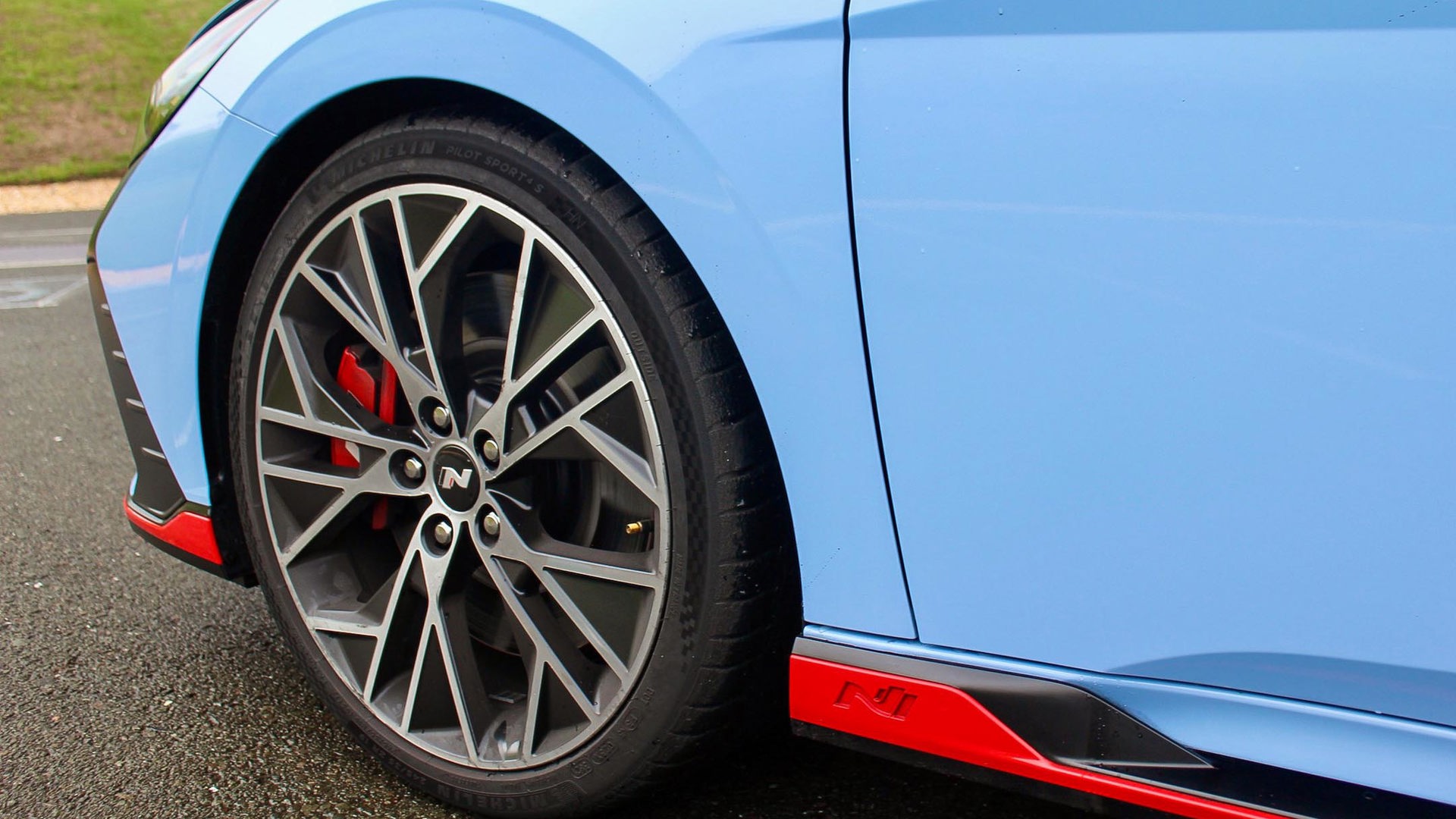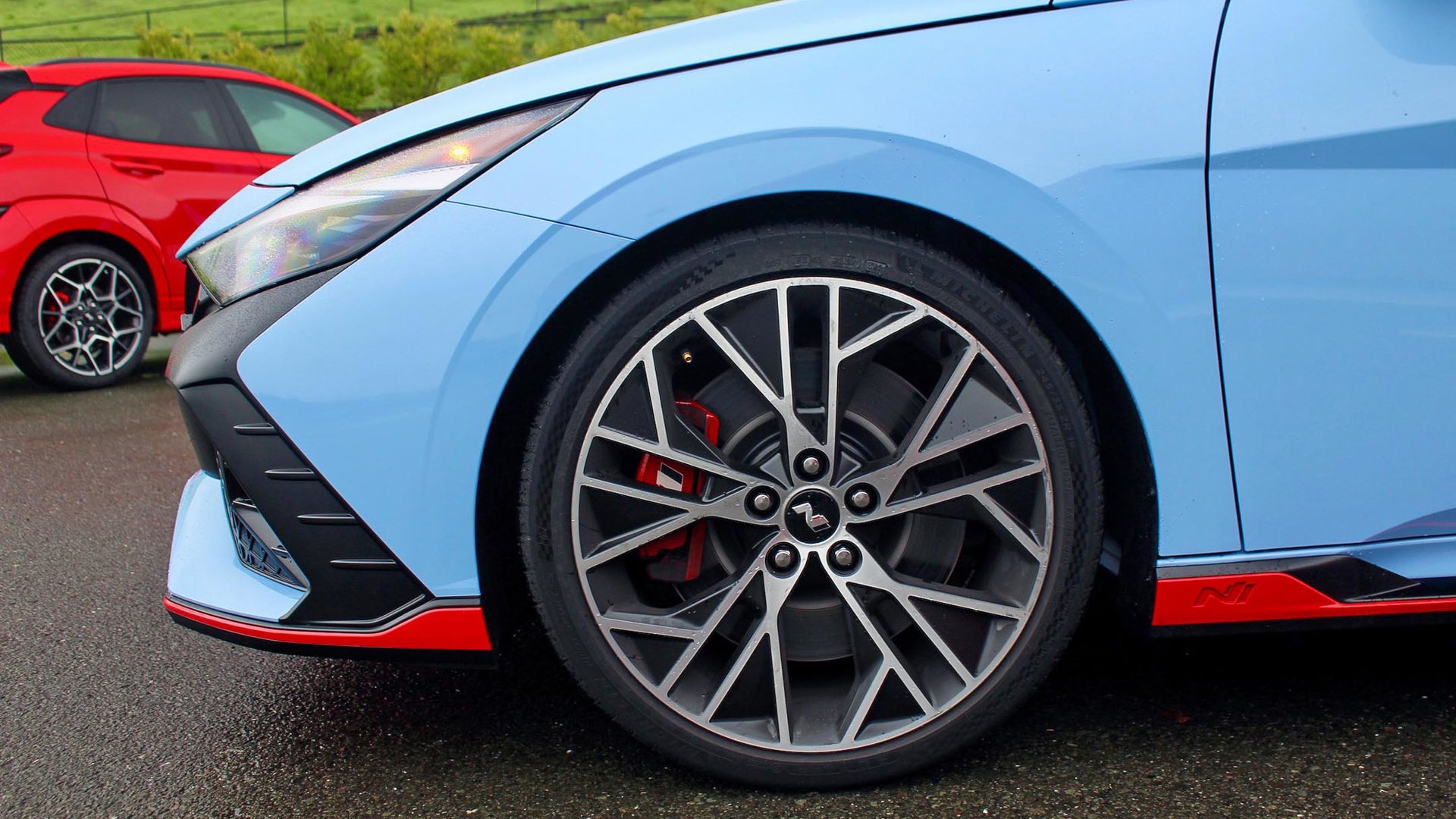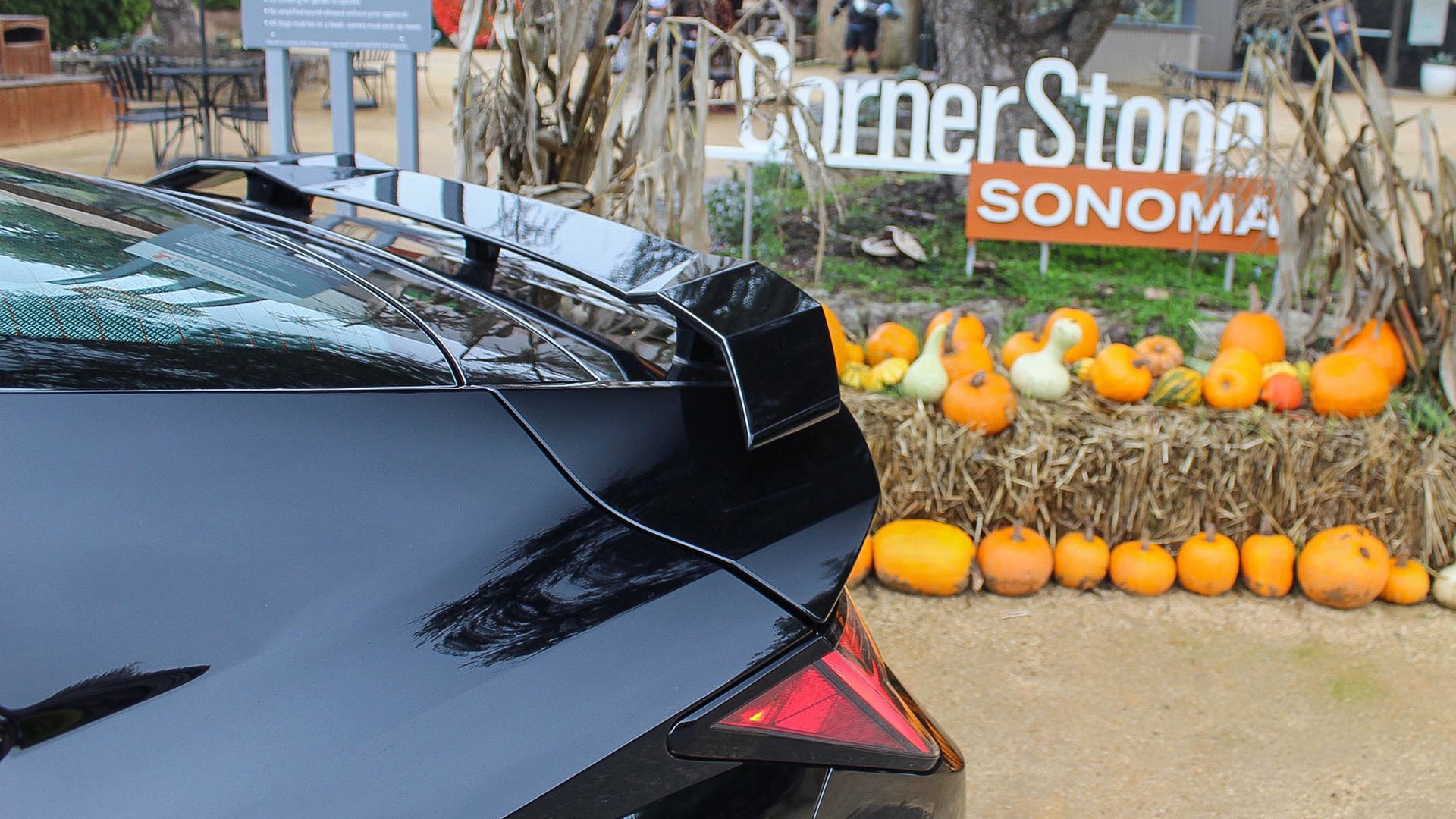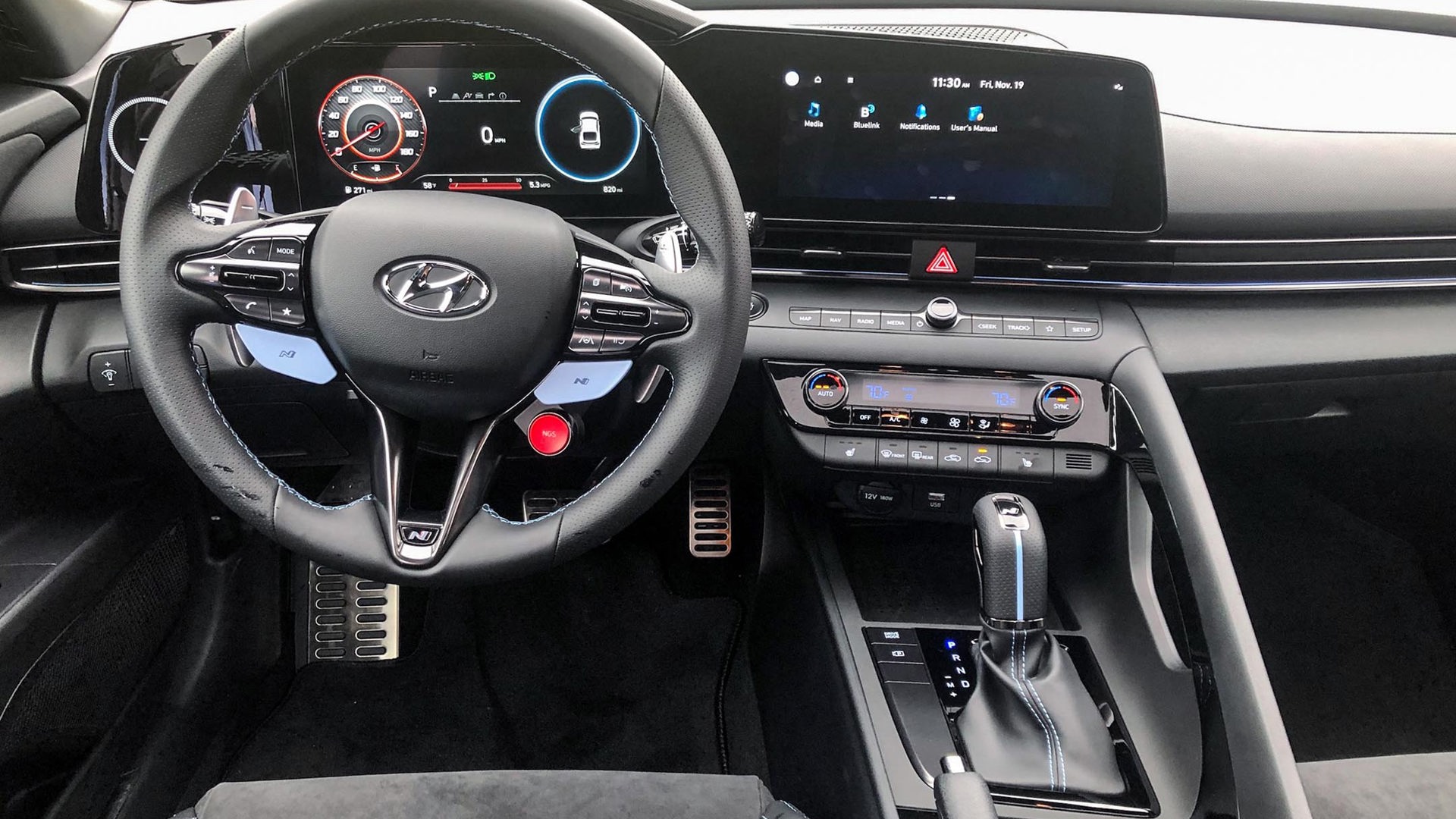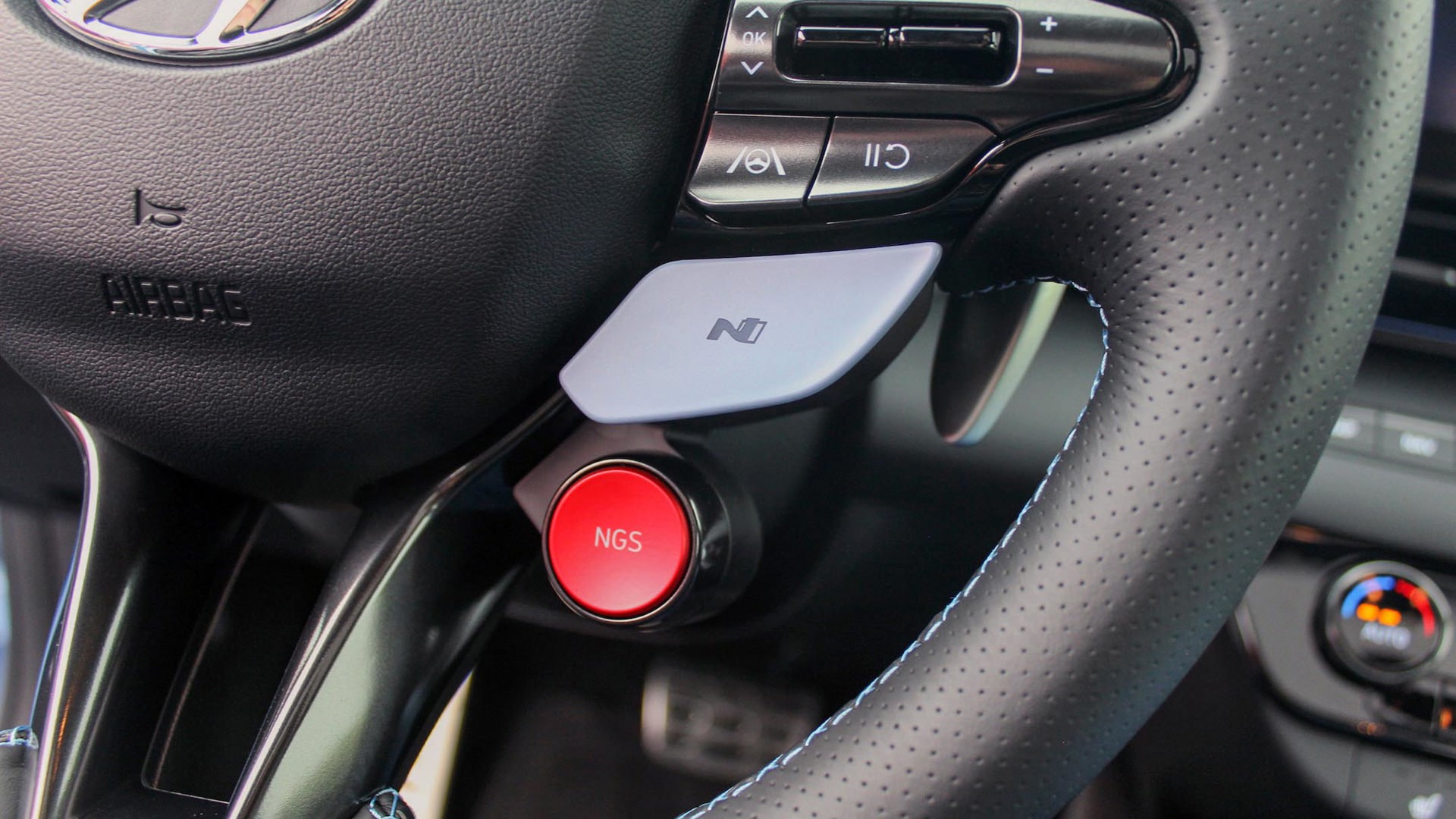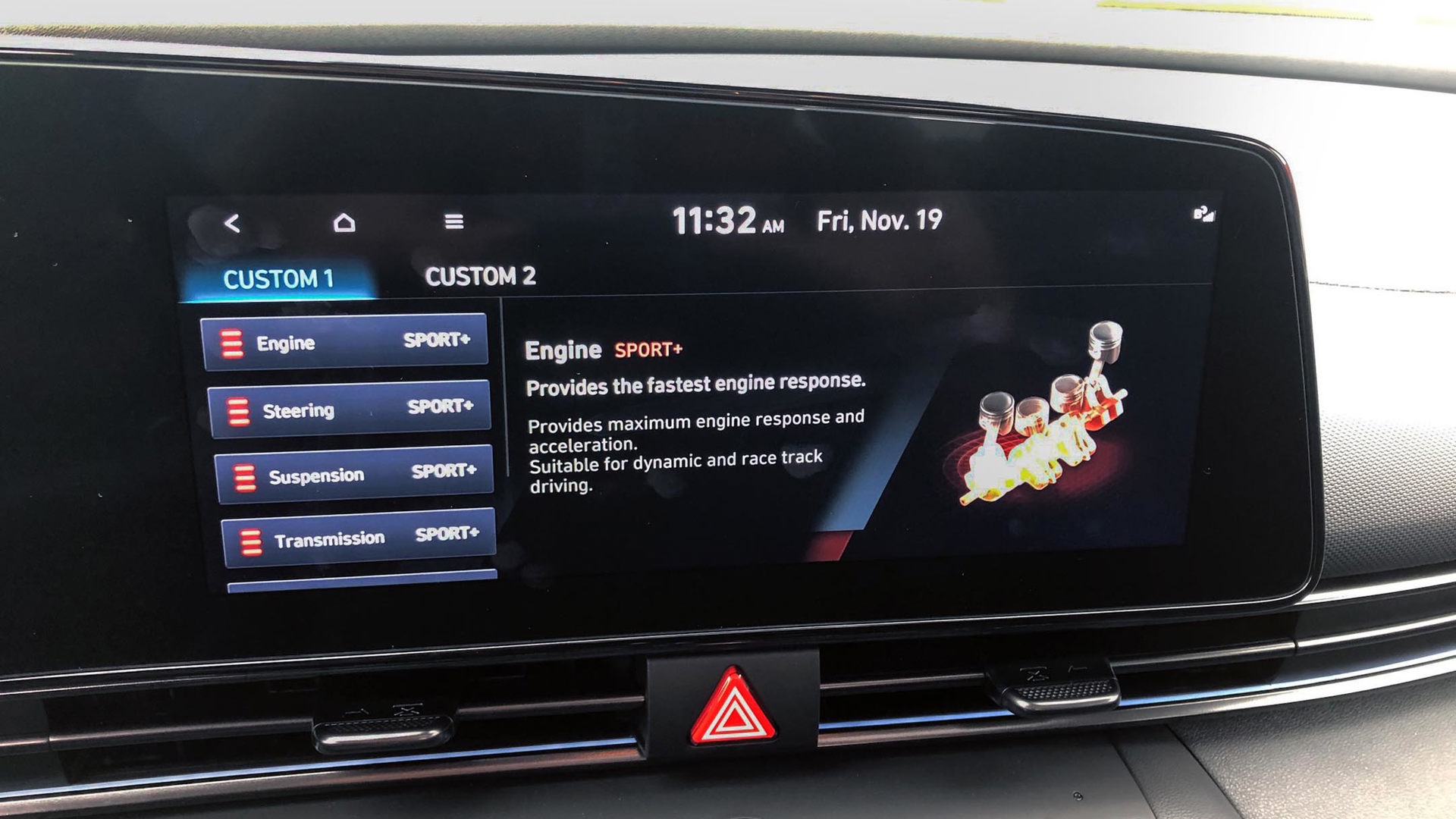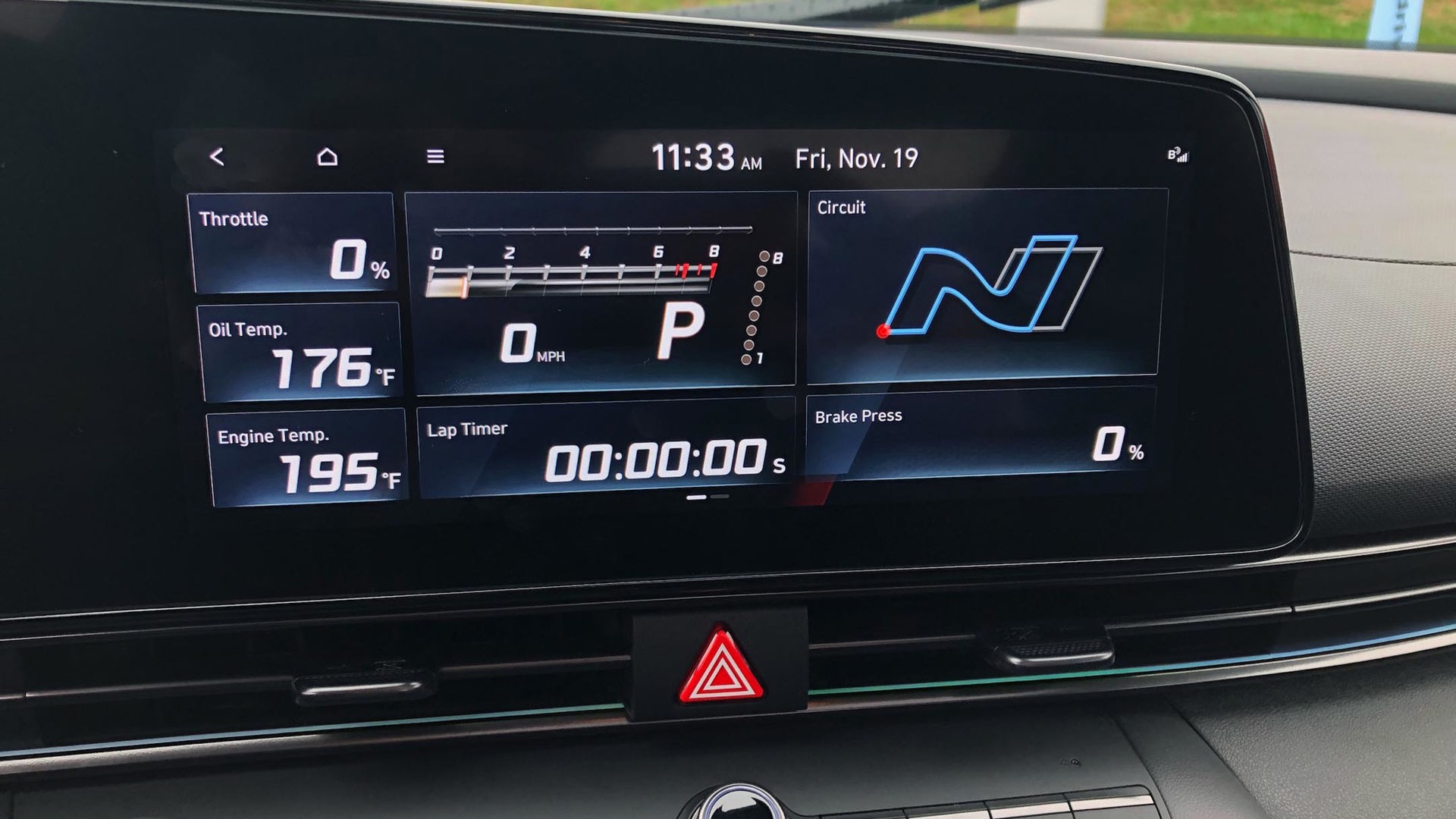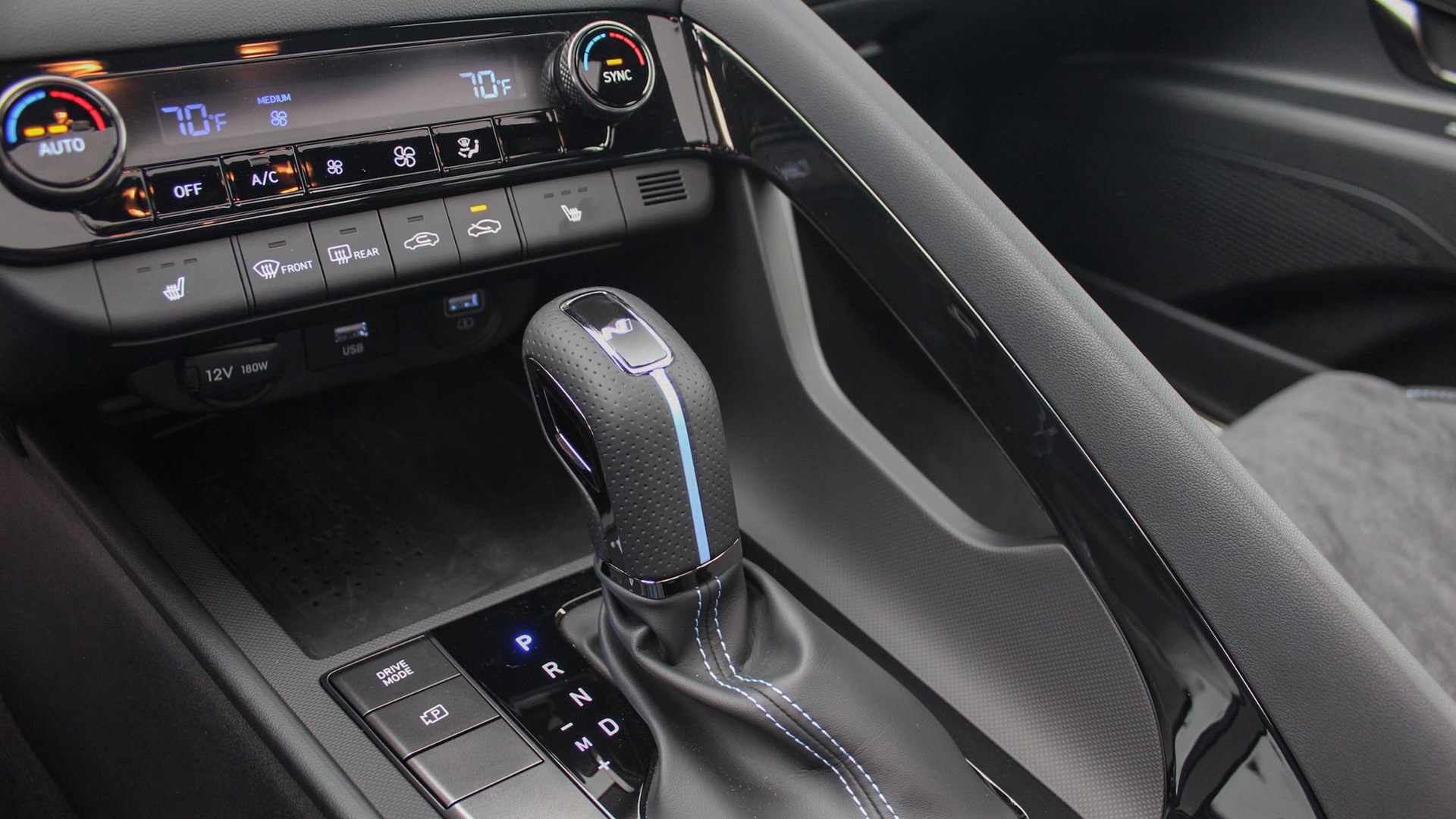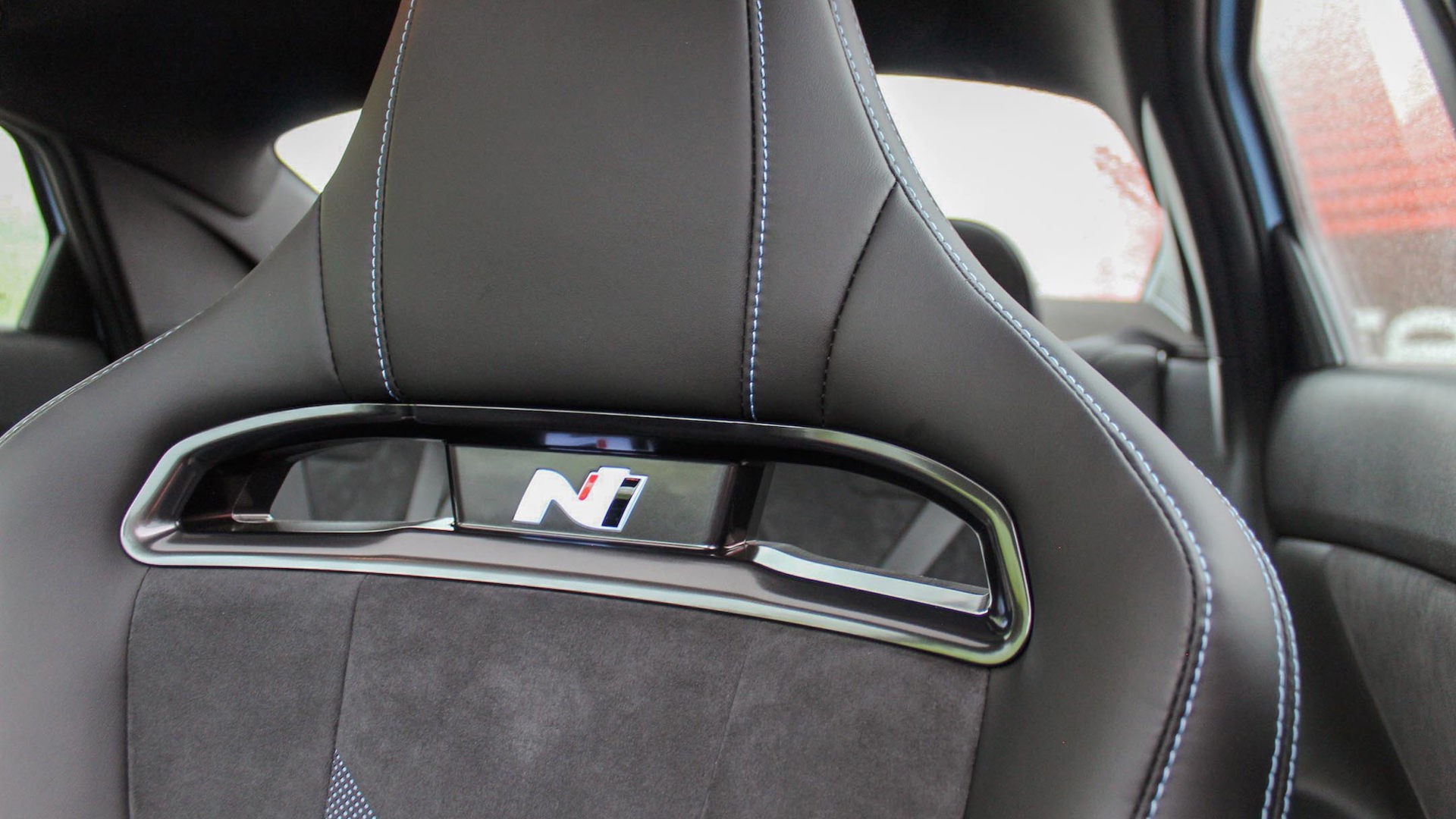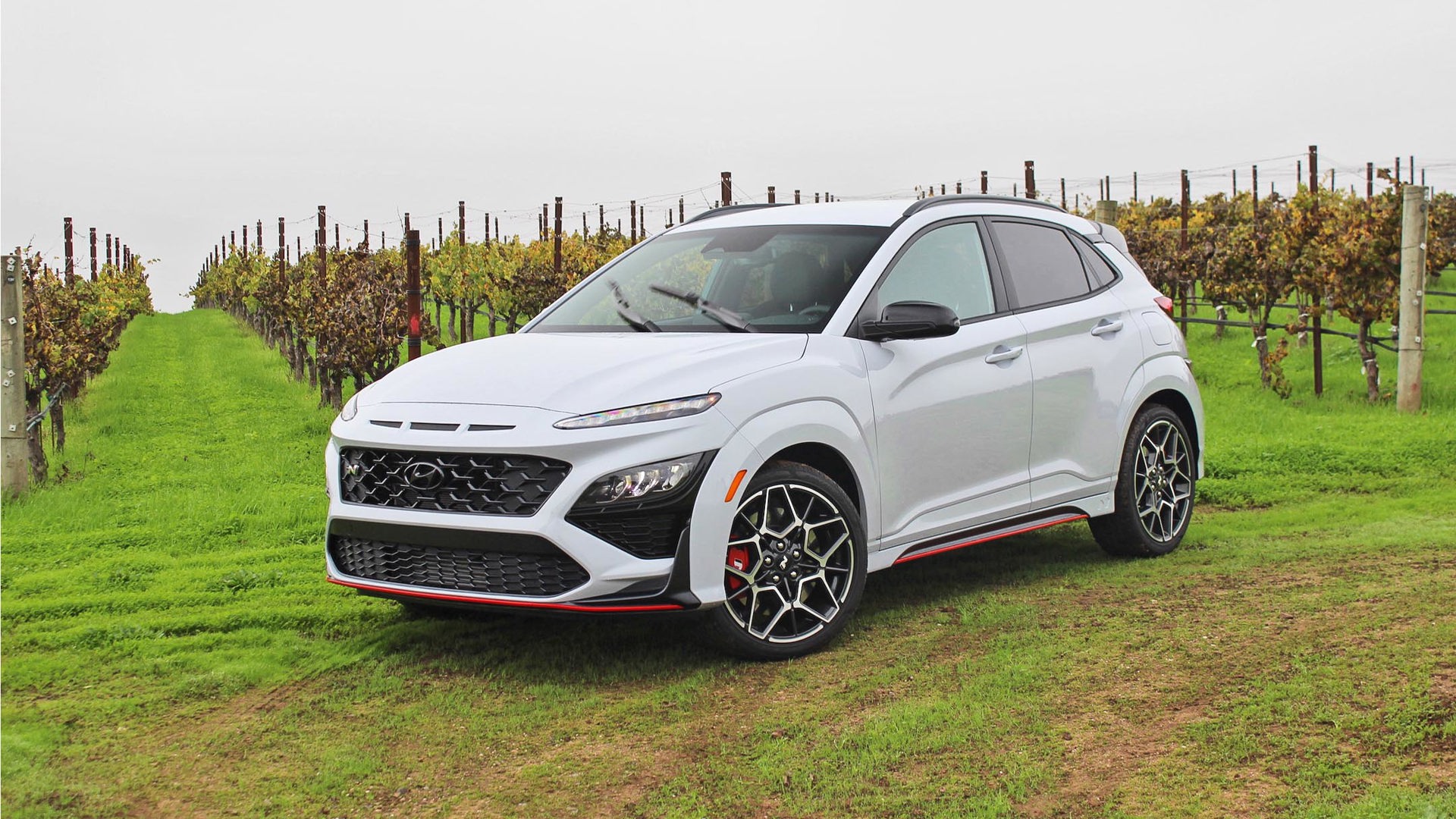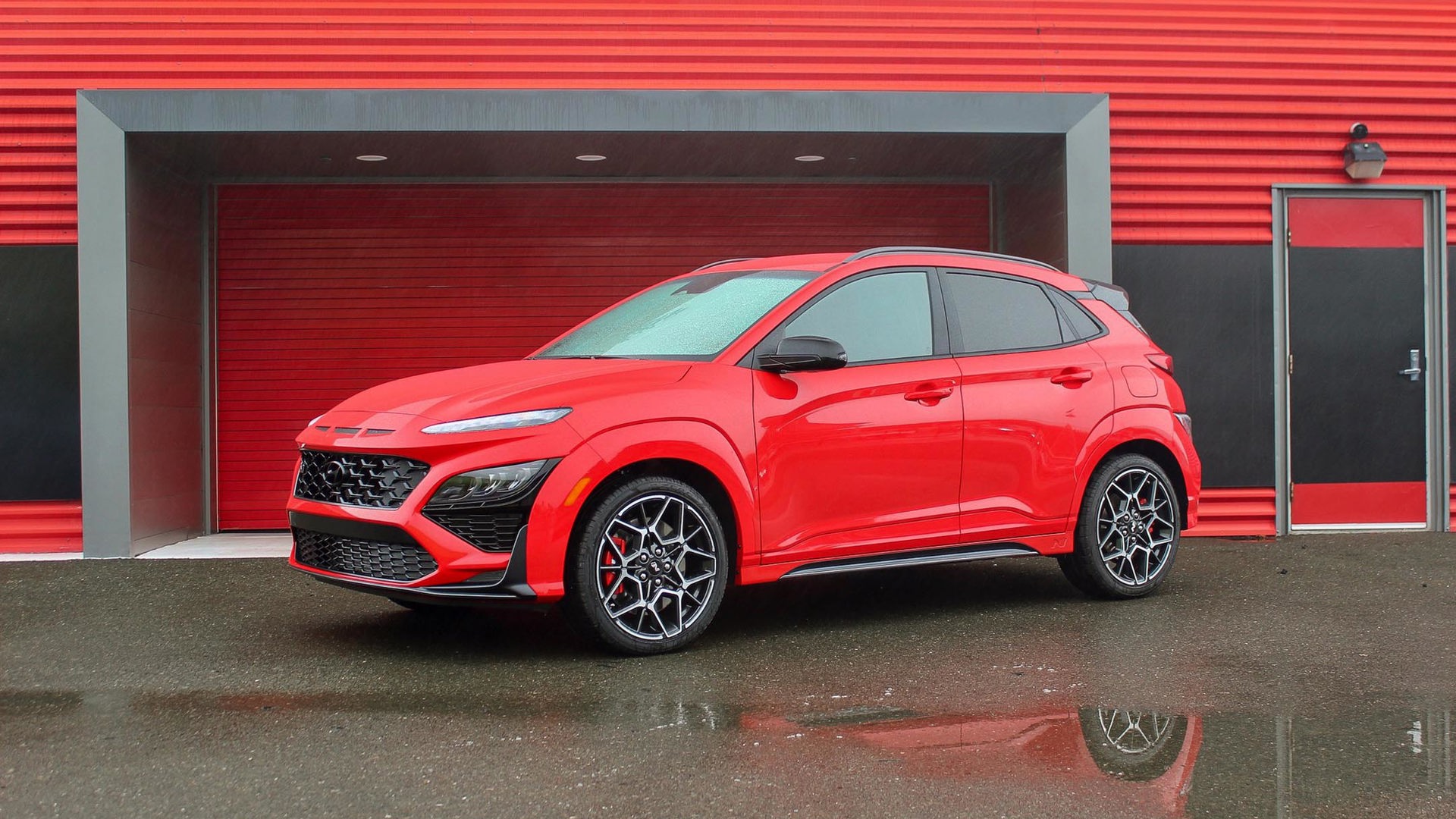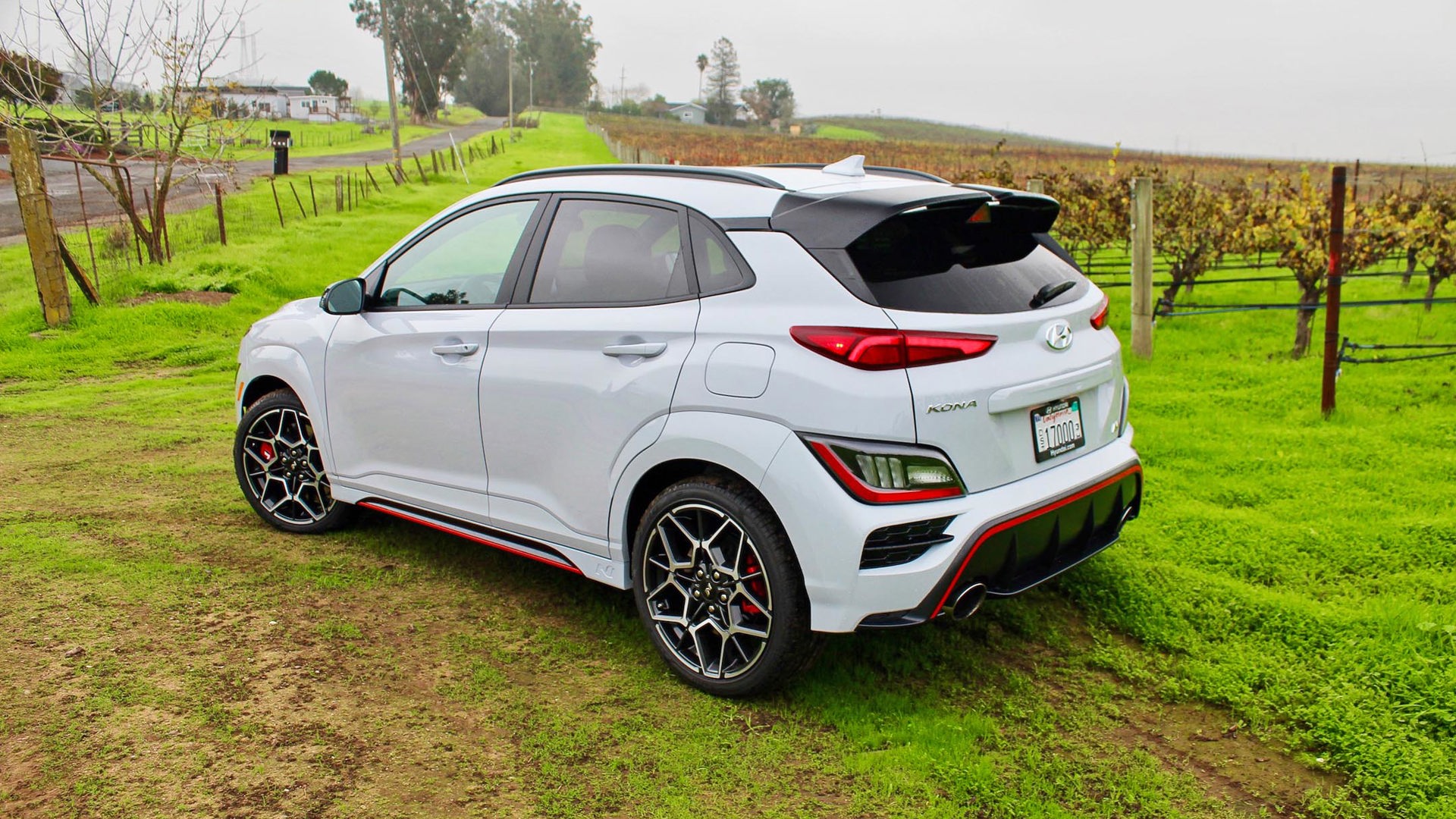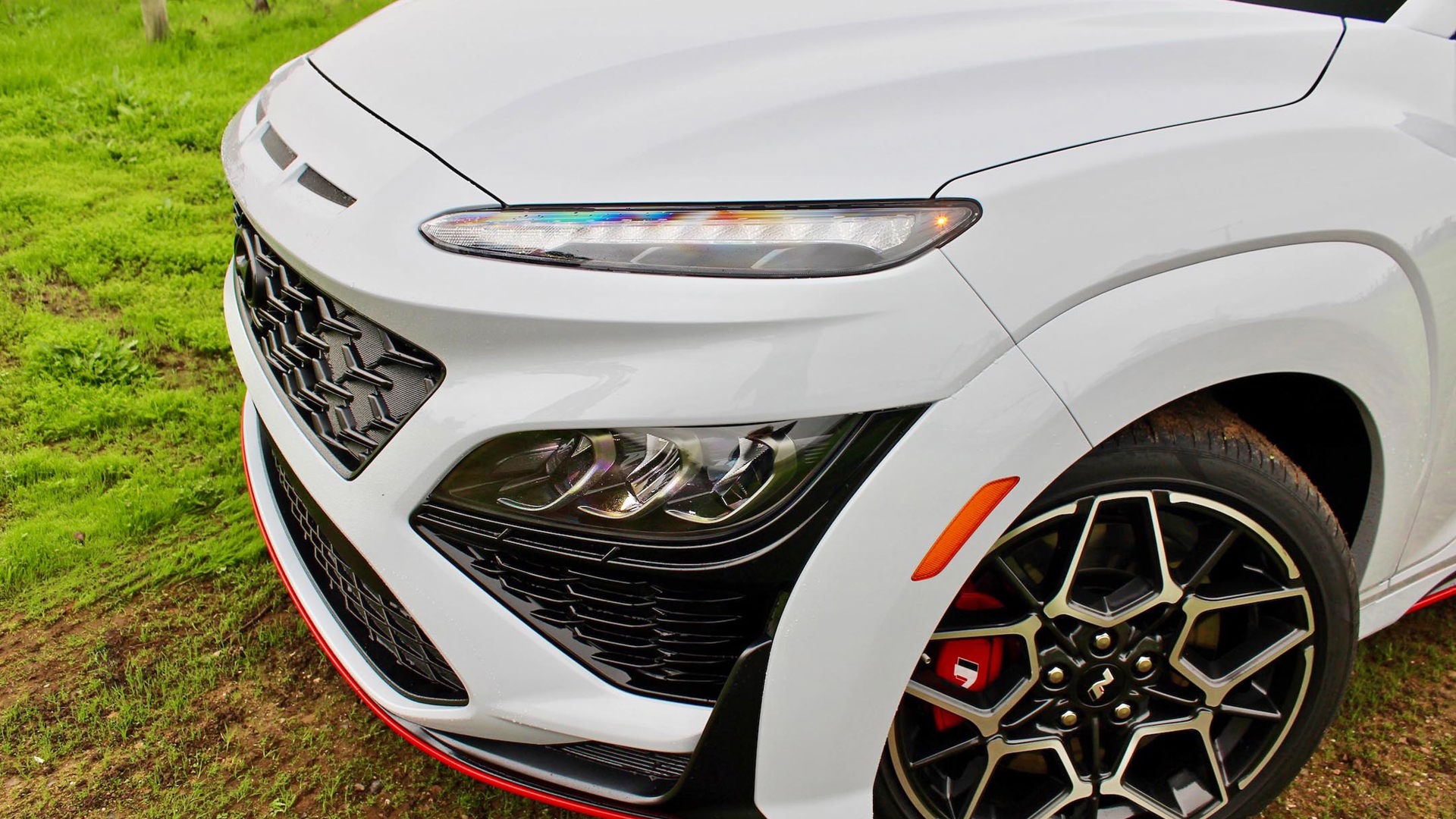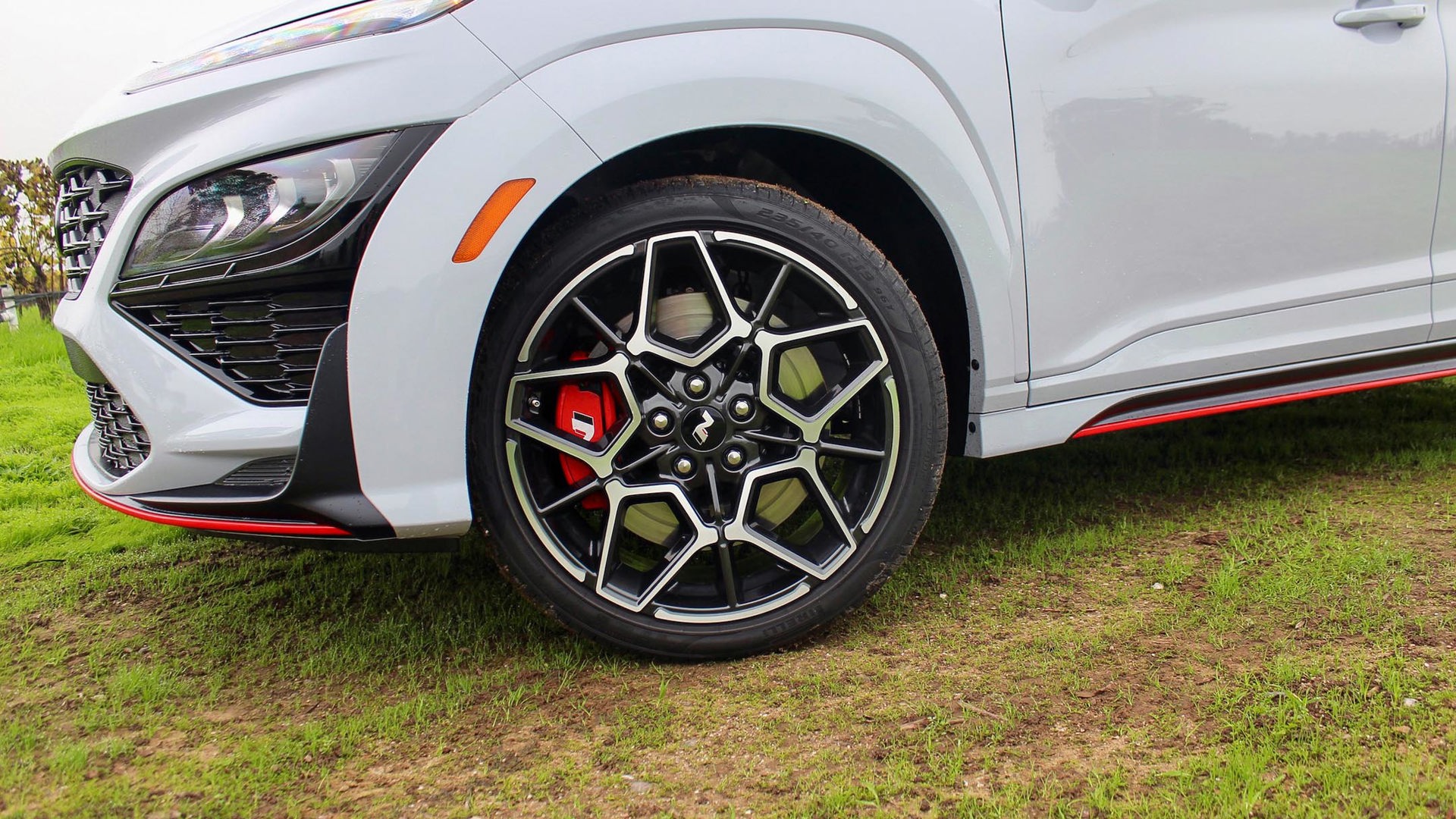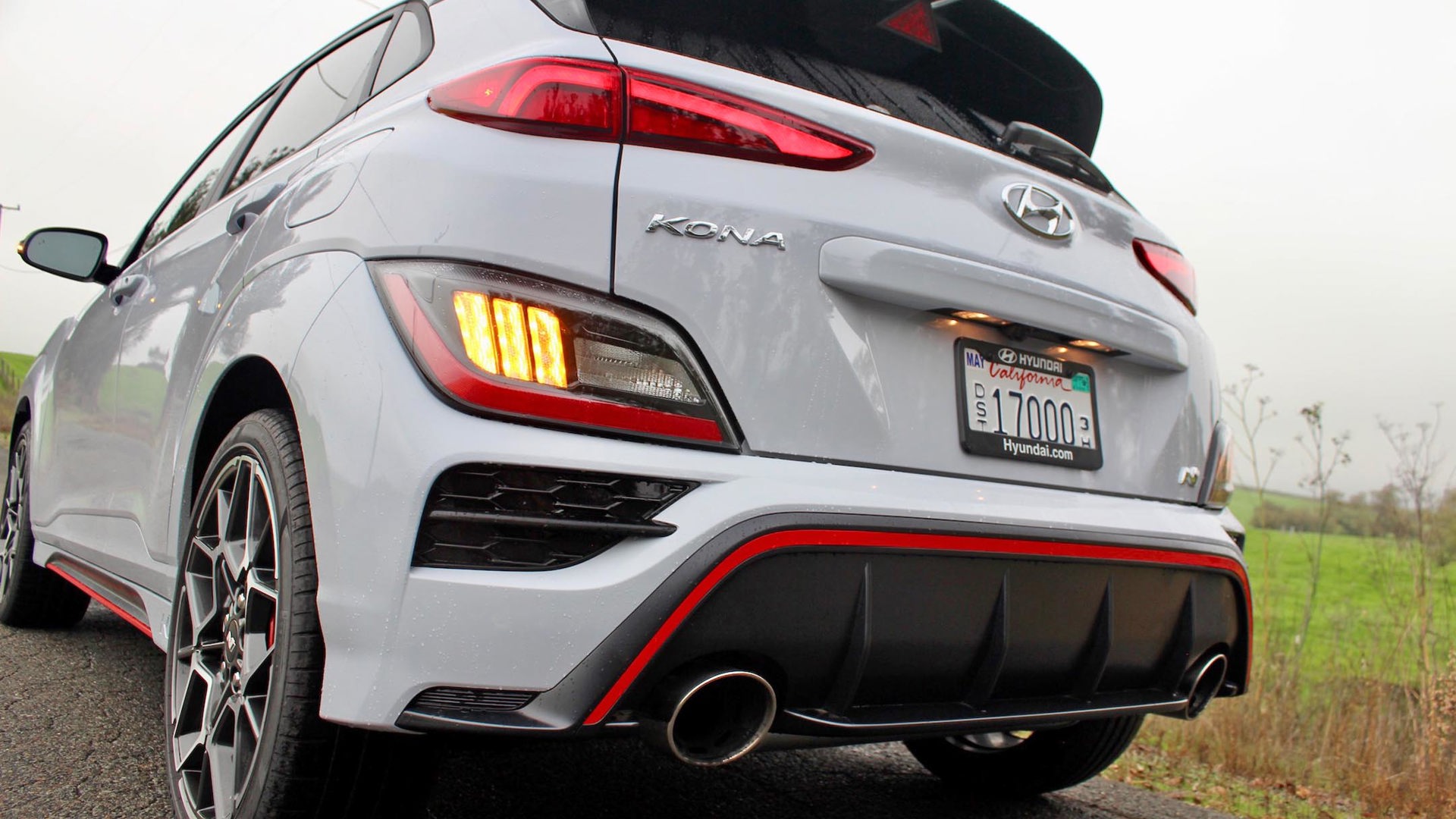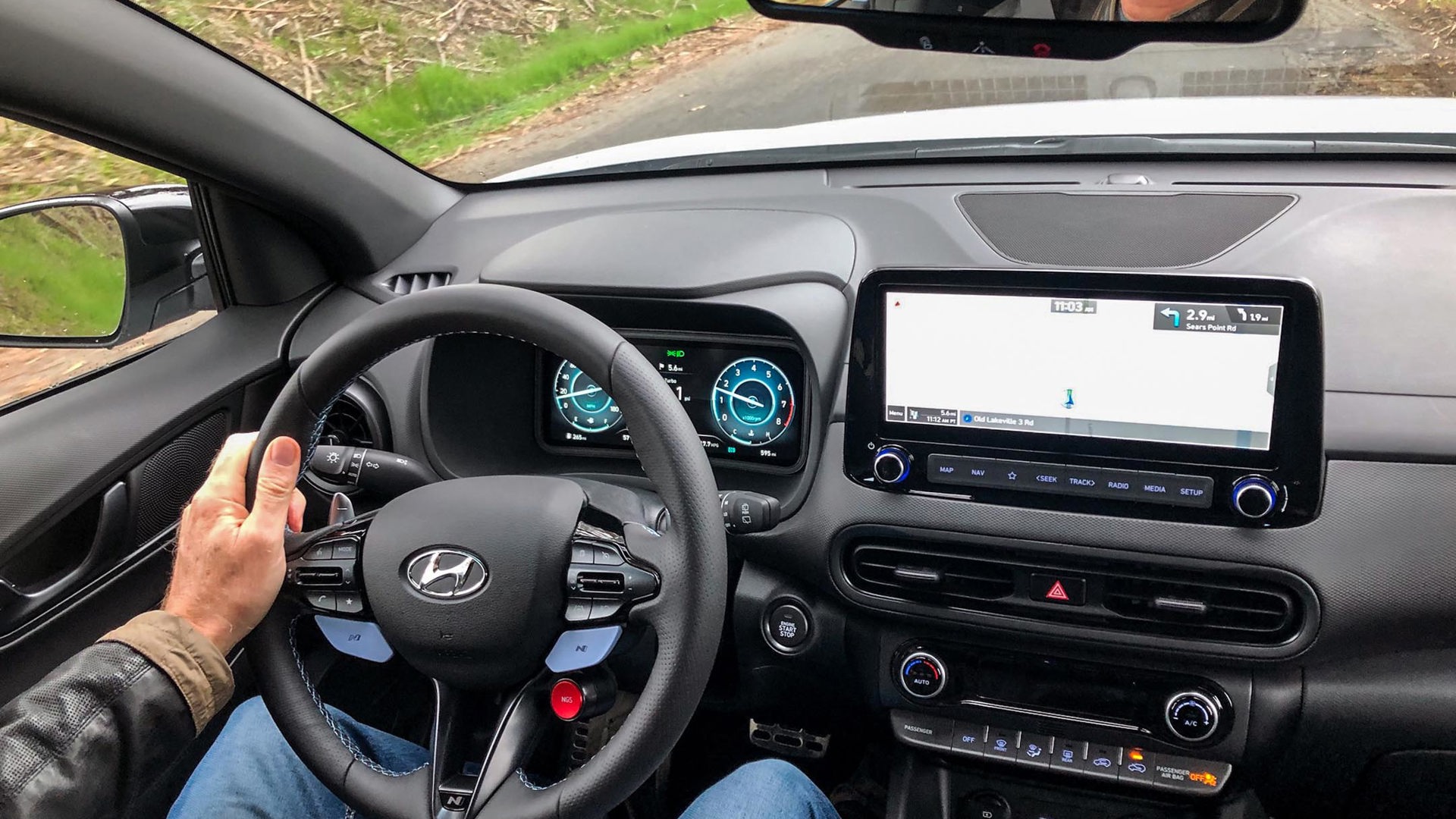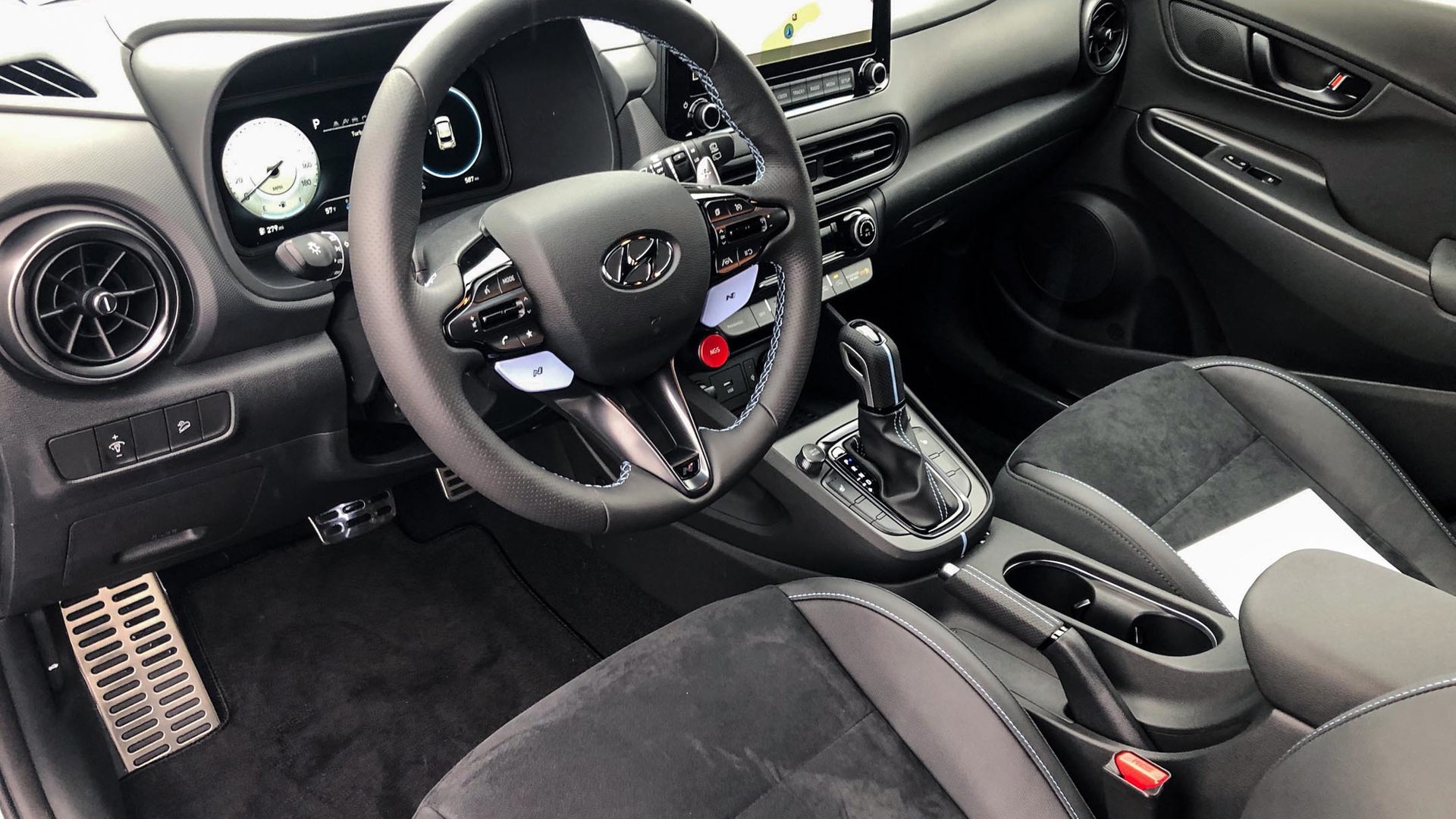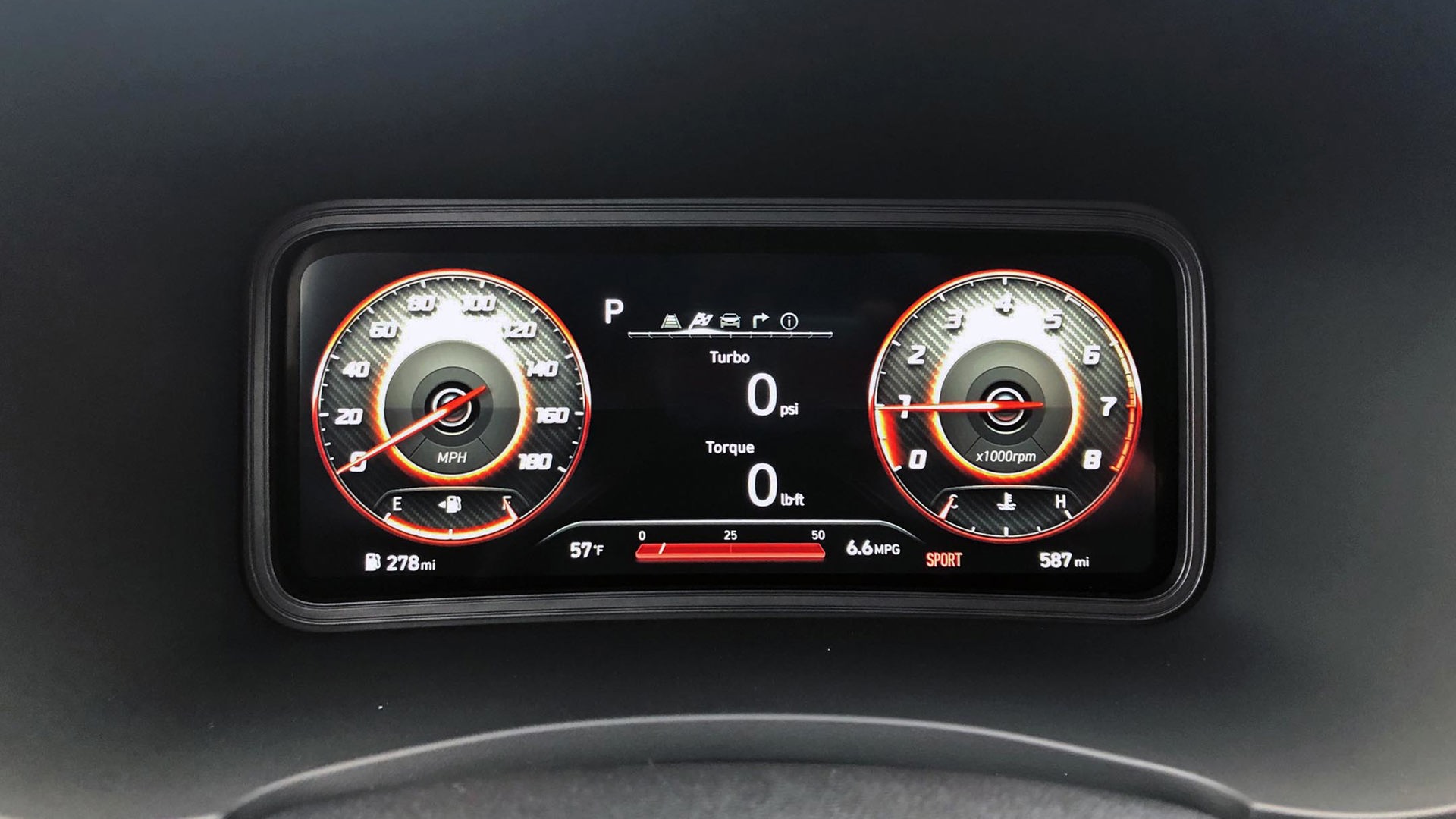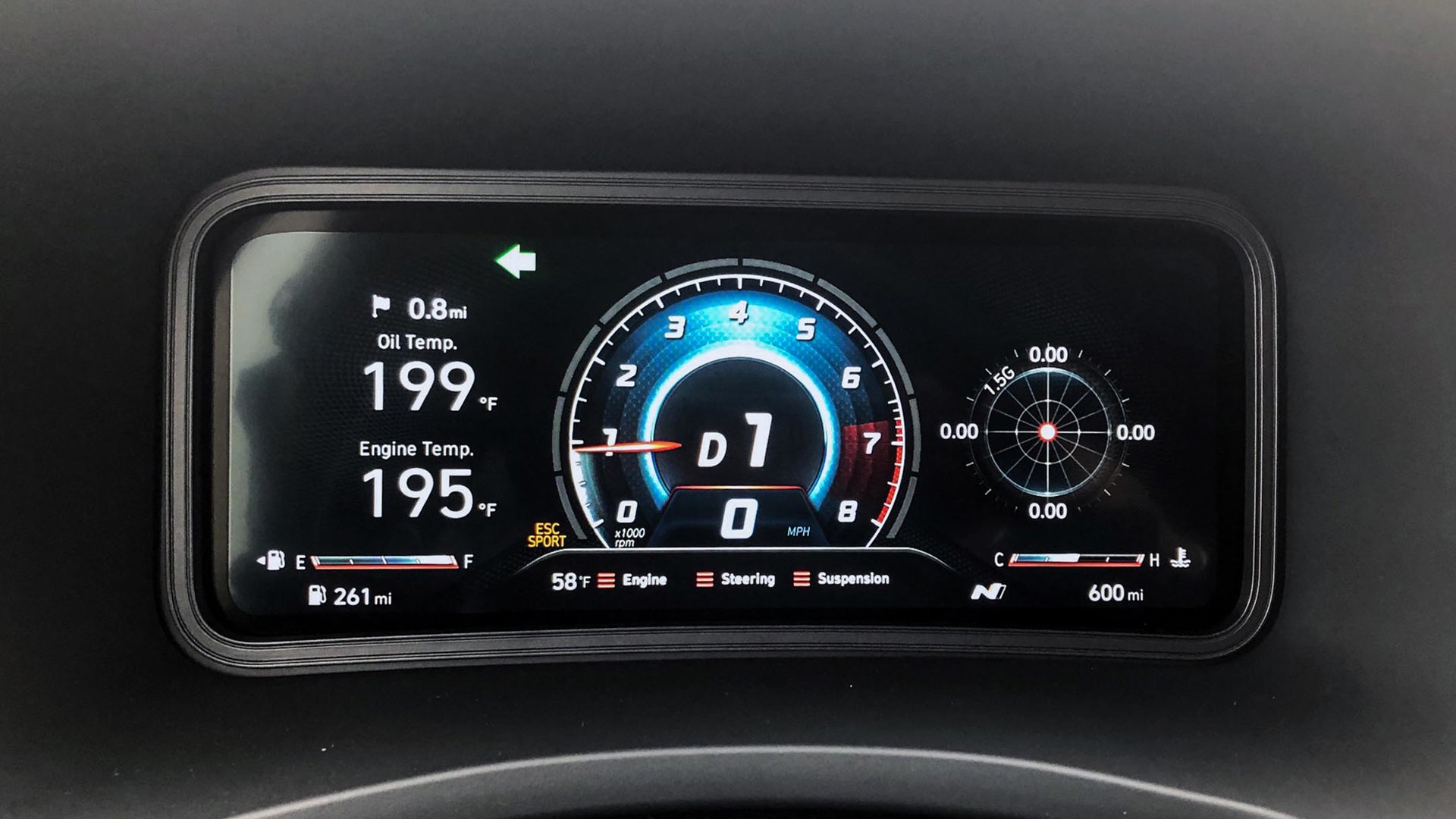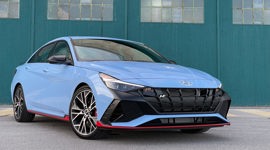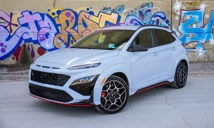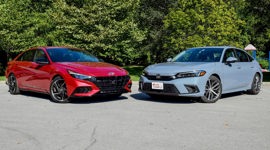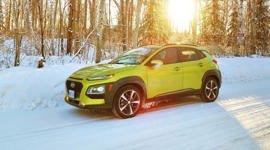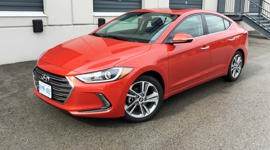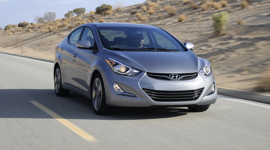The letter N is to Hyundai what M is to BMW, RS is to Audi, and AMG is to Mercedes-Benz.
Pointing to performance, Hyundai tells us the N moniker represents Namyang, Hyundai’s research and development centre in Korea, and the famed Nürburgring circuit in Germany where the N-branded cars are honed.
I would also posit N stands for Not-Messing-Around, such are the abilities of 2022 Hyundai Elantra N sedan and Kona N crossover. After a day of flinging these high-performance scrappers around the challenging Sonoma Raceway and a tight autocross circuit, it’s fair to say Hyundai has fashioned a pair of front-drive performance vehicles that put the best on notice.
The Man Behind the Brand
Maybe the dynamic acumen of these two shouldn't be that surprising considering the man behind the N program. In 2014 Hyundai Motor Group lured chassis guru Albert Biermann away from BMW's M division, of which he was boss. Biermann’s fingerprints are all over these vehicles.
Both the Elantra N and Kona N feel completely at home on the fast and elevation-happy Sonoma Raceway. They are quick, poised, confidence inspiring, and, when pushed to the limit, don’t roll over and play dead. Their 10/10ths exuberance is a thing of joy.
It was damp, slick day at Sonoma Raceway in northern California, with plenty of treacherous greasy spots; yet when grip disappeared, the neutrality of these two made for some imminently controllable four-wheel drifts. And on the autocross course, they hungrily dove into the bends and happily rotated with controllable lift off oversteer. The fact that the higher-riding Kona N crossover was only a tick slower than the slinky Elantra N sedan on our outings only shows how serious the folks at the N brand are about this whole performance thing. Biermann wants us to think of the Kona N as a hot hatch, and that it surely is.
The Meat and Potatoes
Under the hoods of both of these is a 2.0L turbocharged four-cylinder that generates 276 hp (286 when overboost is activated) and 289 lb-ft of torque. The engine has a broad torque band, loves to rev, and is quite possibly the best-sounding engine of this type. There’s a purposeful growl at idle, and when in sport mode the exhaust broadcasts a spectacular volley of pops and bangs when lifting off the throttle. It's guaranteed to thrill and annoy in equal measure.
Power routes through an eight-speed automatic dual-clutch transmission (DCT) in the Kona N, whereas the Elantra N sedan can be fitted with either the DCT or a six-speed manual transmission. Both gearboxes are superb. Apparently Hyundai’s dual-clutch has been taking lessons from Porsche’s benchmark-setting transmission of the same ilk, such are its lighting quick and smooth shifts and uncanny intuition during aggressive track driving. Out on the circuit I didn’t touch the shift paddles once. Sport+ and N modes activate the so-called N Power Shift (NPS), which delivers an extra burst of torque during upshifts.
For those who like to shift their own gears, the Elantra’s six-speed manual features a short-throw shifter, auto rev-matching on downshifts, and a clutch with smooth progressive take-up. Highly satisfying.
These N vehicles' front wheels are driven through a clever electronically controlled limited-slip differential that gives both quick turn-in and the ability to power out of corners with uncanny zeal. Both have standard electronically adaptive dampers and 19-inch wheels — the Elantras at this event were wearing 235/35R19 Michelin Pilot Sport 4 performance tires, while the Kona was shod with equally aggressive Pirelli P Zeros sized 235/40R19. The beefed-up N brakes showed no sign of fade.
The Reinforcements Have Arrived
The N cars' structures are strategically strengthened in several spots, and each get a rear strut brace. Specific N display screens show lap times, g-forces, brake pressure, throttle position, and so on; and, of course, these two get launch control.
Hyundai spruces up the visuals with red accents, blacked-out grilles, rear spoilers, large-bore exhaust outlets, and a palette of cool colours, with pale Performance Blue being the marquis shade.
The Kona crossover’s interior is a generation behind the newer Elantra, so it doesn’t have the design flair or slick screen integration of the latter. However, ergonomics are sensible in both, and they share a comprehensive laundry list of standard features — 10.25-inch touchscreen, 10.25-inch digital instrument cluster, full complement of driver-assist and safety aids, head-up display, Apple CarPlay and Android Auto, navigation, and wireless charging. The Kona’s contoured bucket seats are less serious than the lightweight and aggressively bolstered units in the Elantra N, with their uber-cool illuminated N-logo just below the headrest. The Elantra also sports a big passenger grab handle artfully integrated into the centre console.
A red button on the steering wheels marked NGS — short for "N Grin Shift" — calls up a 20-second full attack mode wherein power is boosted and, if fitted with the dual-clutch transmission, shift mapping gets more aggressive. There is a mandatory 40-second cool-down time between NGS sessions.
The Rest of the Time
So we know the Elantra N and Kona N are fully sorted track weapons, but since most owners will probably daily-drive these, how are they in the real world? On public roads, the Elantra N’s steering is quick and naturally weighted. Its ride is sporty firm yet not harsh, although a fair amount of tire and road noise makes its way into the cabin. As a daily driver, the Elantra N should be perfectly acceptable.
The Kona N, however, will require a fairly serious commitment, as the best-handling compact crossover on the market comes with a very stiff ride. The suspension engineers had to really button down the Kona to have it keep pace with its lighter and lower sedan sibling, and while the Kona’s dynamic magic has you laughing on the track, it might have you crying on the pock-marked roads of the real world.
Nonetheless, buying either one will be a low stress affair as each comes fully loaded. With the Kona N the only decision is paint colour, while the Elantra N asks you to choose your hue and either the DCT or manual transmission.
Final Thoughts
A day of driving these N vehicles in a way that showcases their true talents only shows how much fun Herr Biermann and his team must have had developing them. They are true niche cars, and when grabbed by the scruff of their scrappy necks and thrashed mercilessly, they shrug it off and ask for more. The Elantra N and Kona N feel closer in concept to the brilliant and uncompromising Honda Civic Type R than to the Volkswagen Golf GTI, which, while not as hard-edged, appeals to a broader audience.
The 2022 Hyundai Elantra N and Kona N are expected to arrive in Canadian dealerships early 2022. (Not the best time to be hooning around on high-performance summer tires.) No pricing has been announced, but we can expect the Elantra N to come in at a little more than $40,000, with the Kona N costing a shade more.
